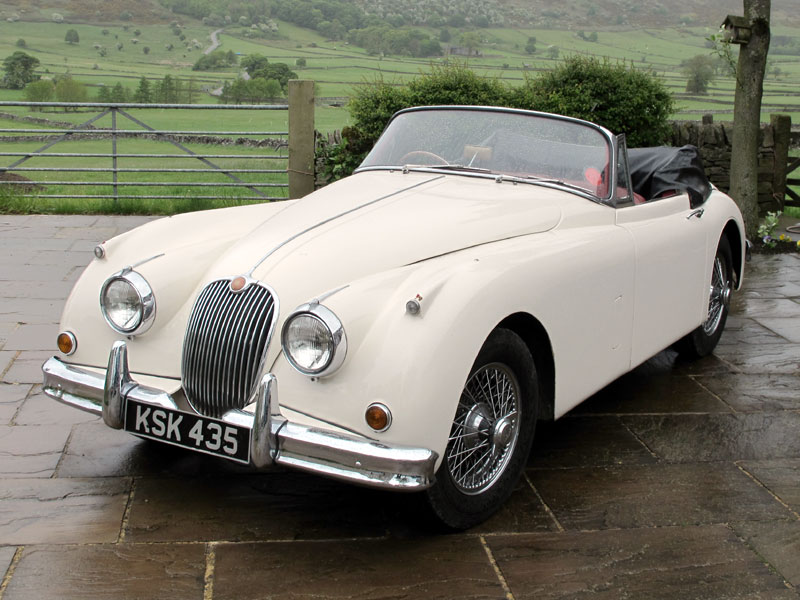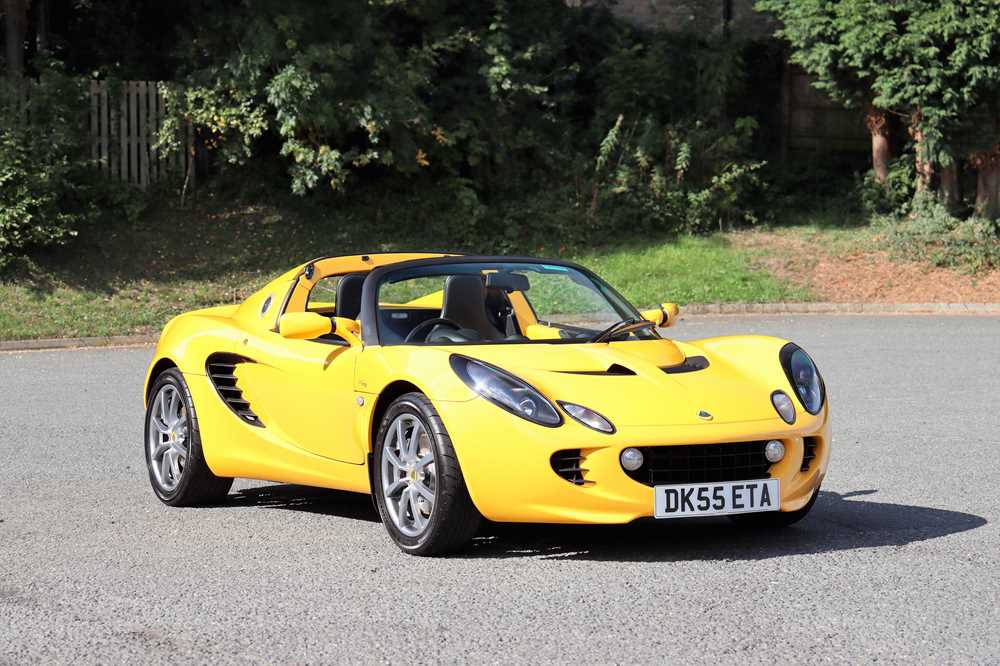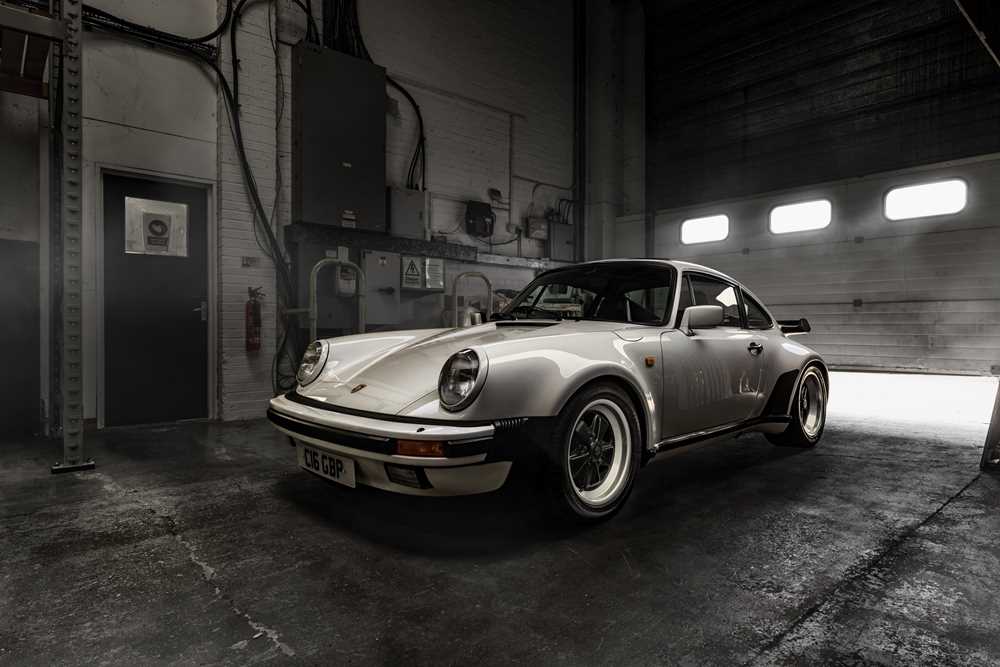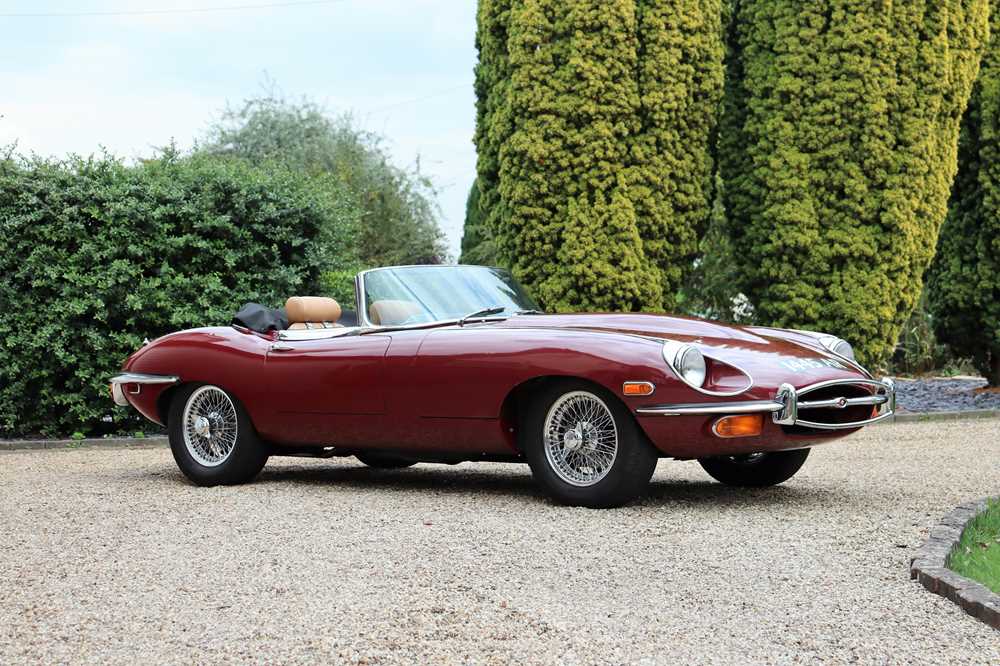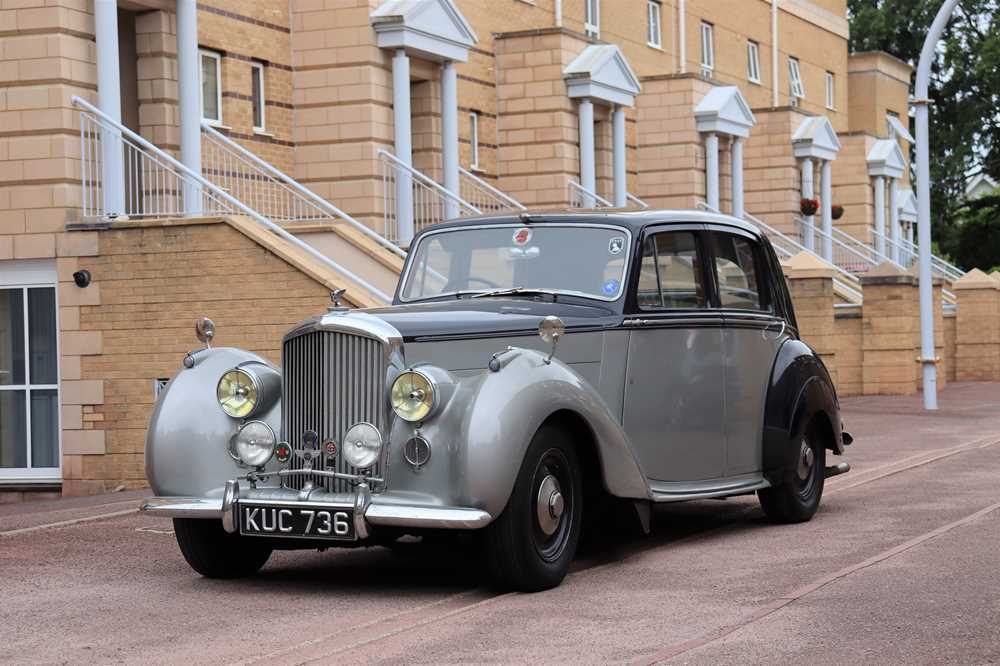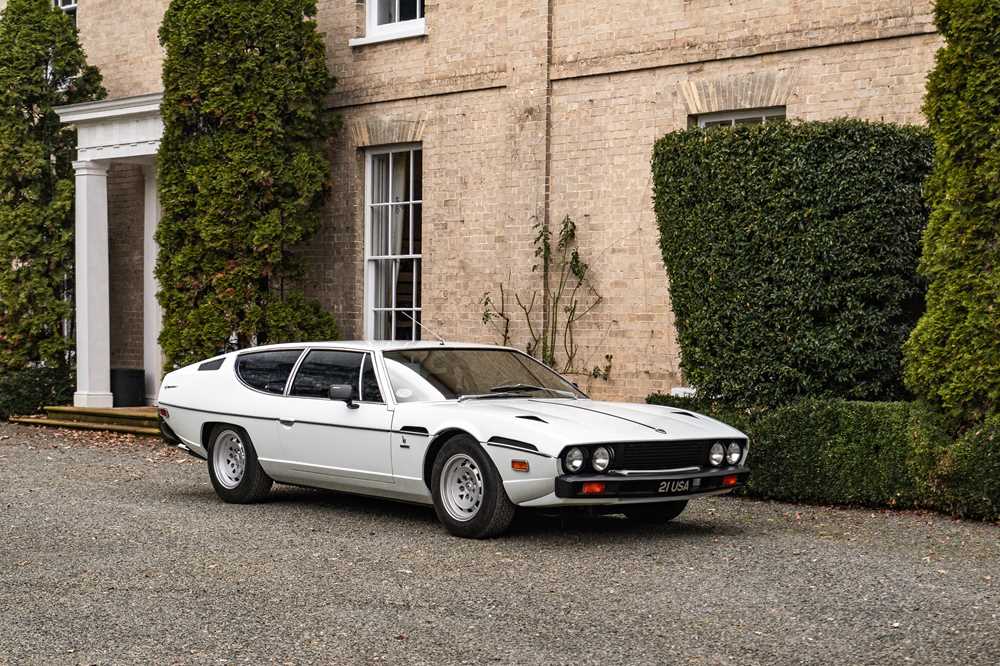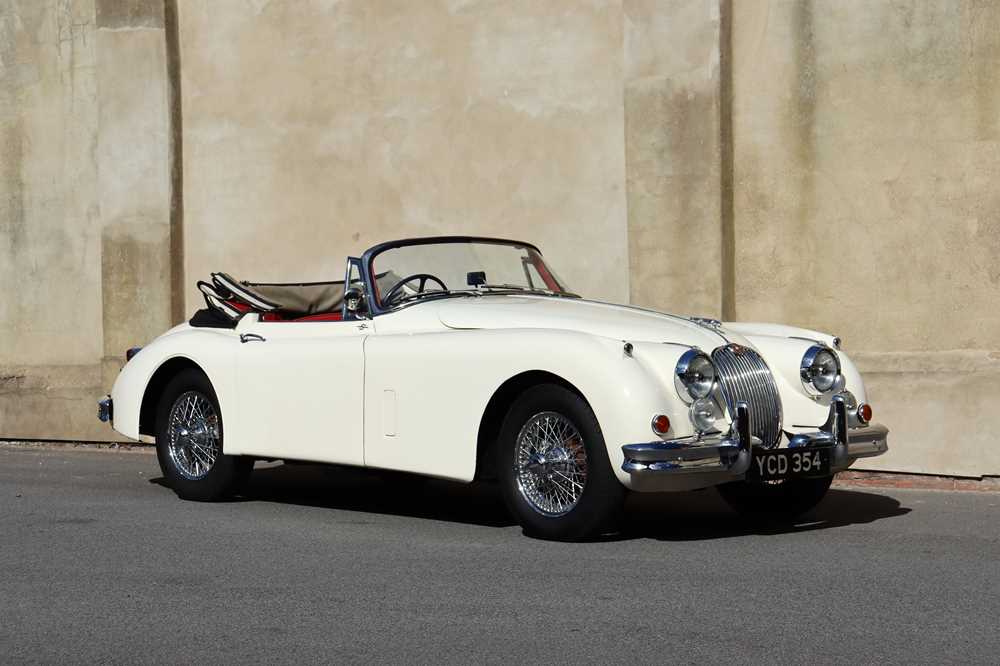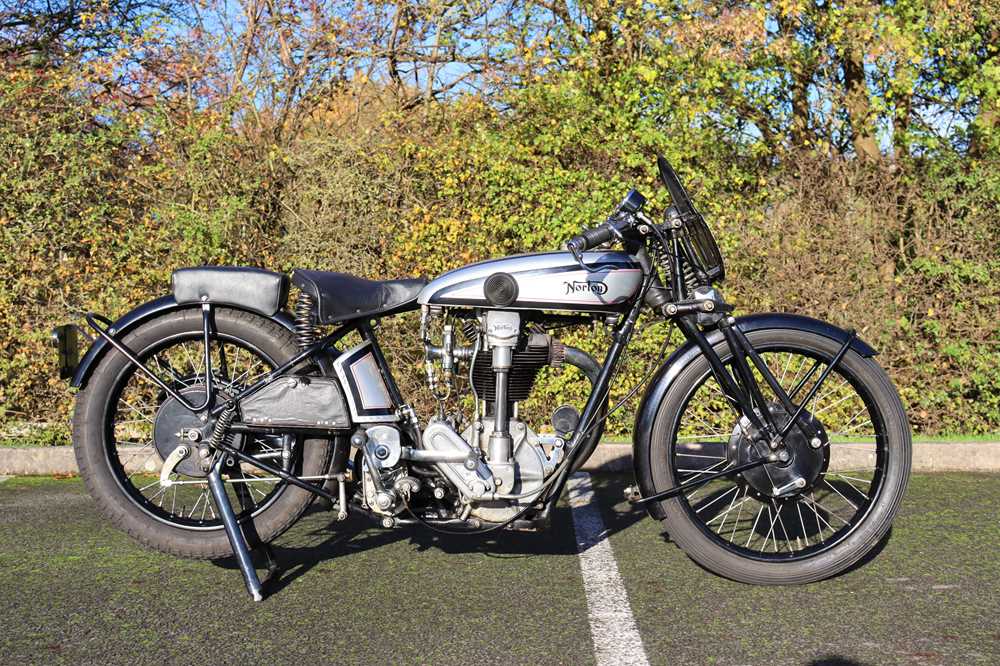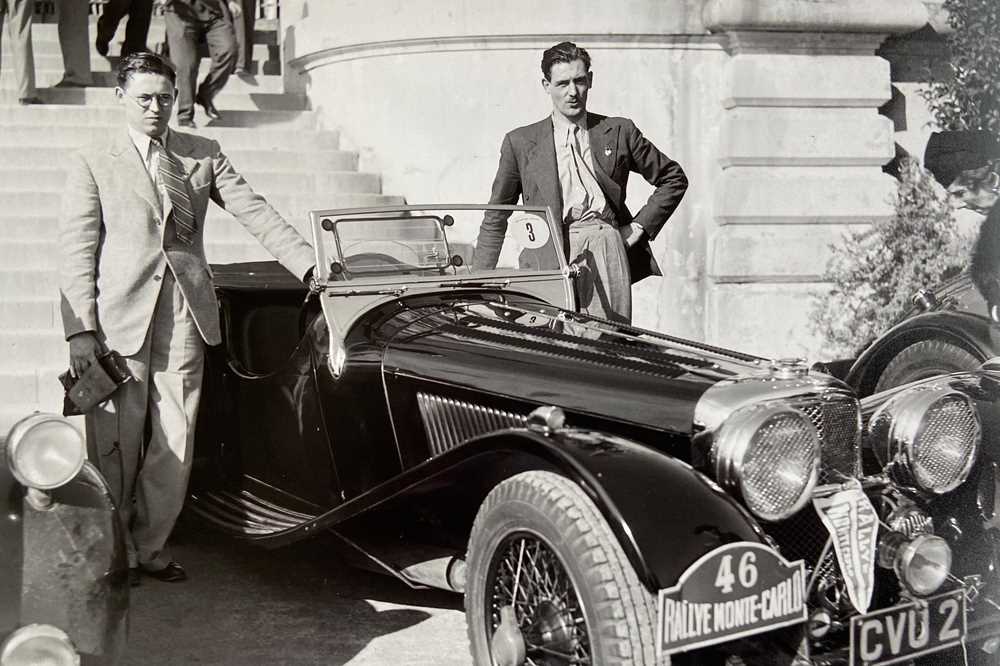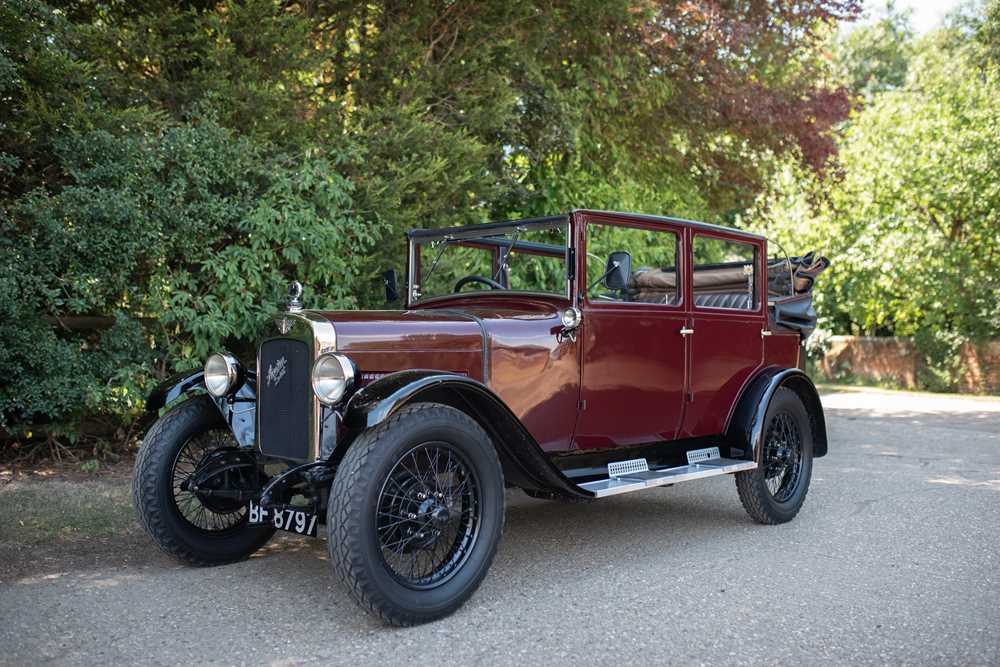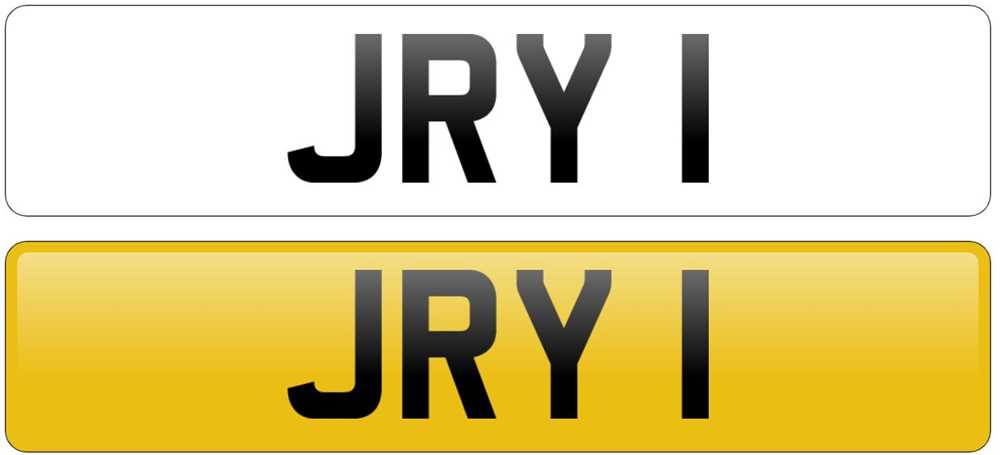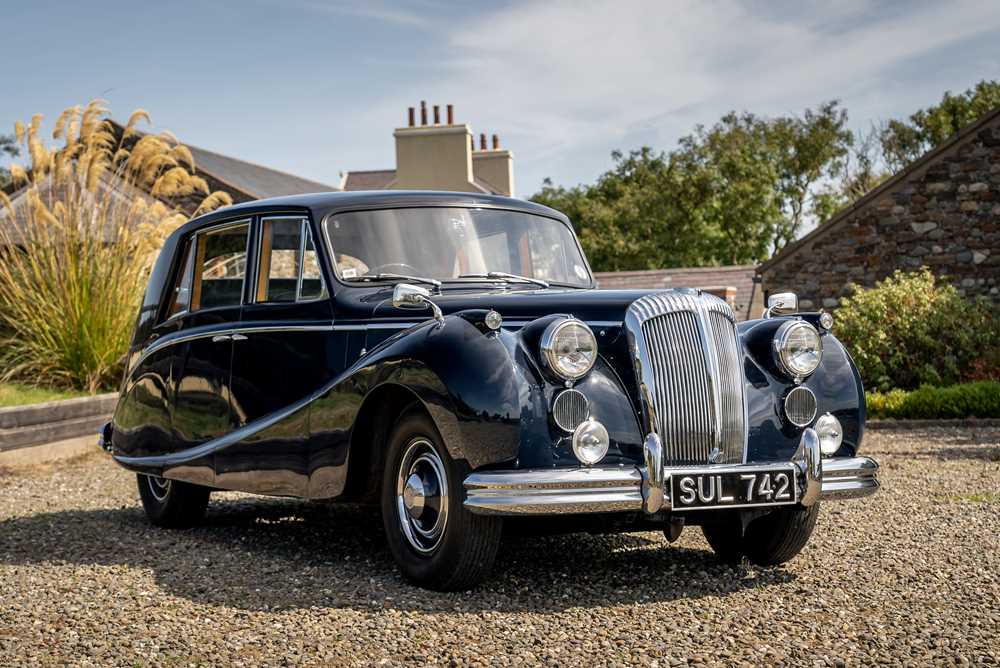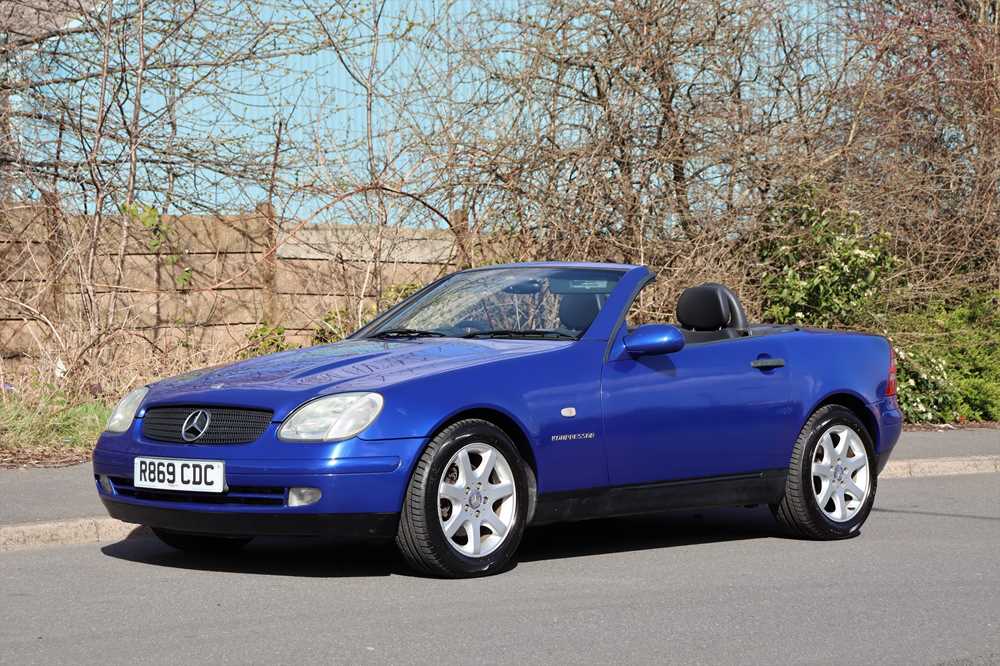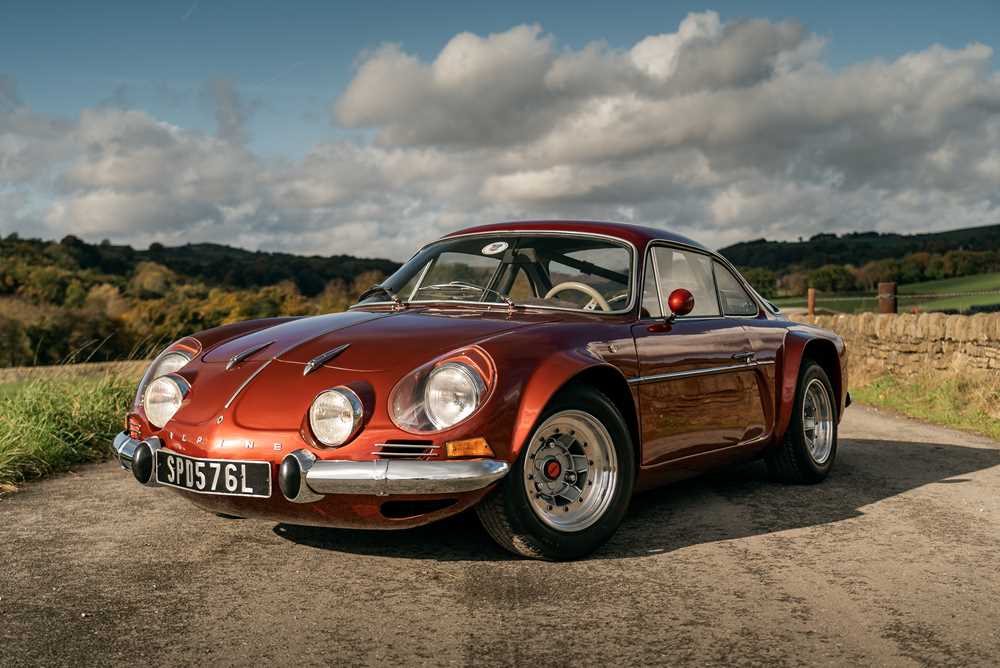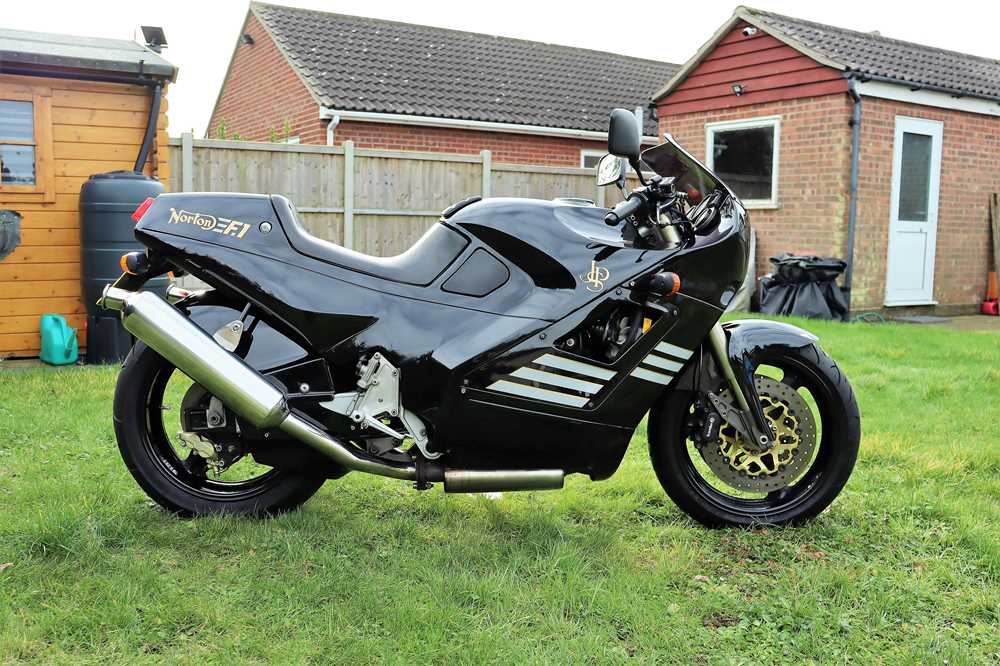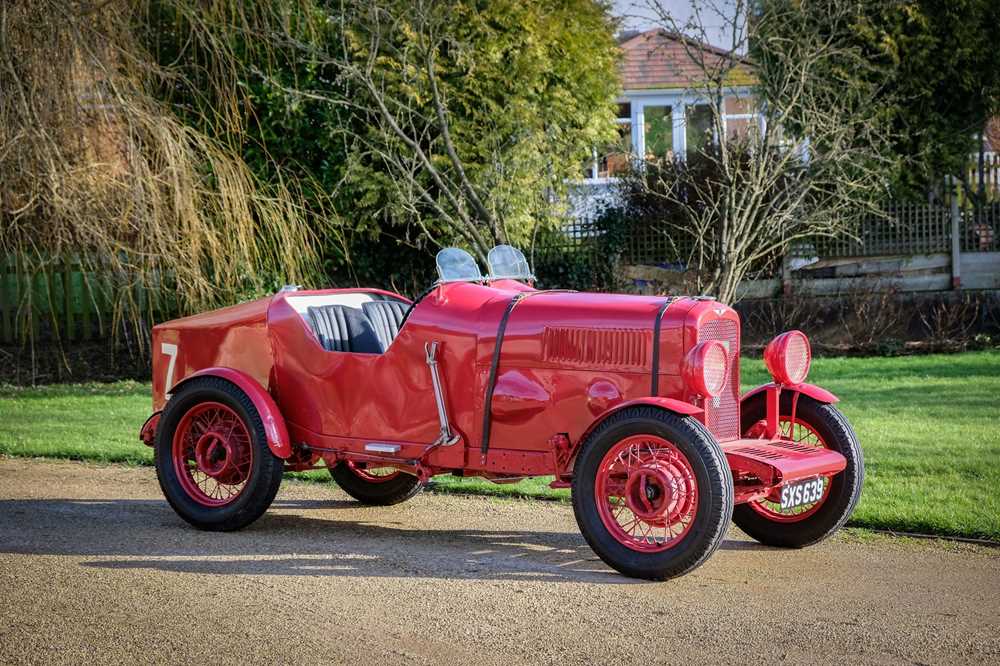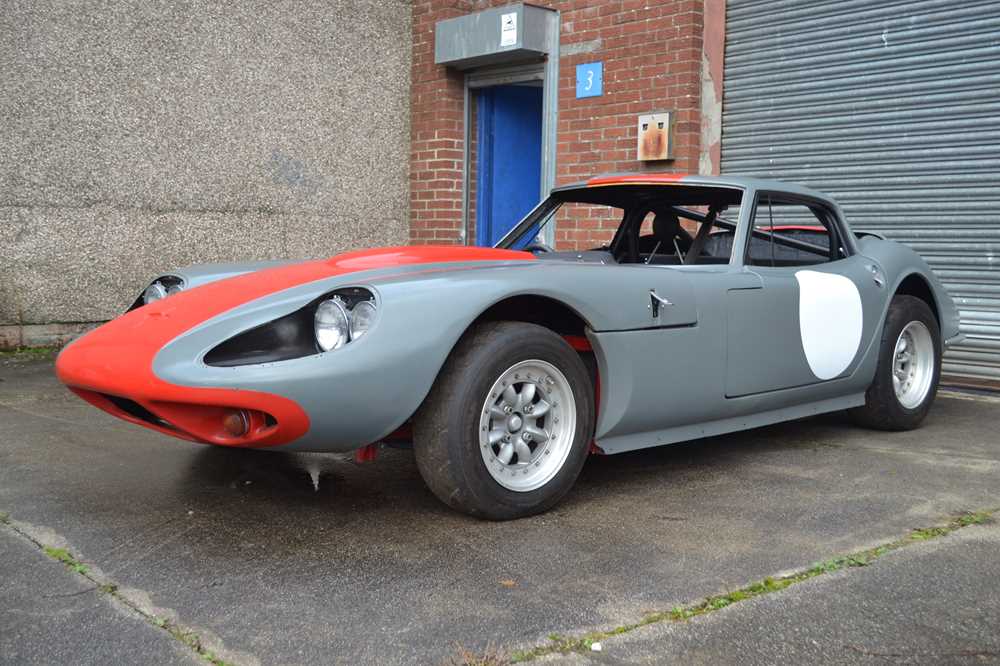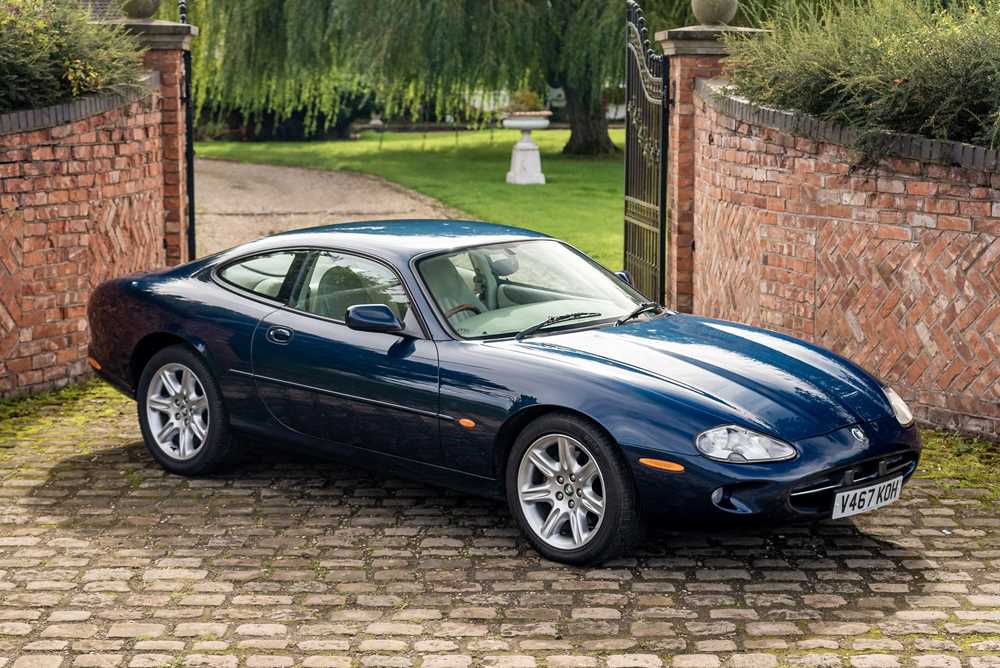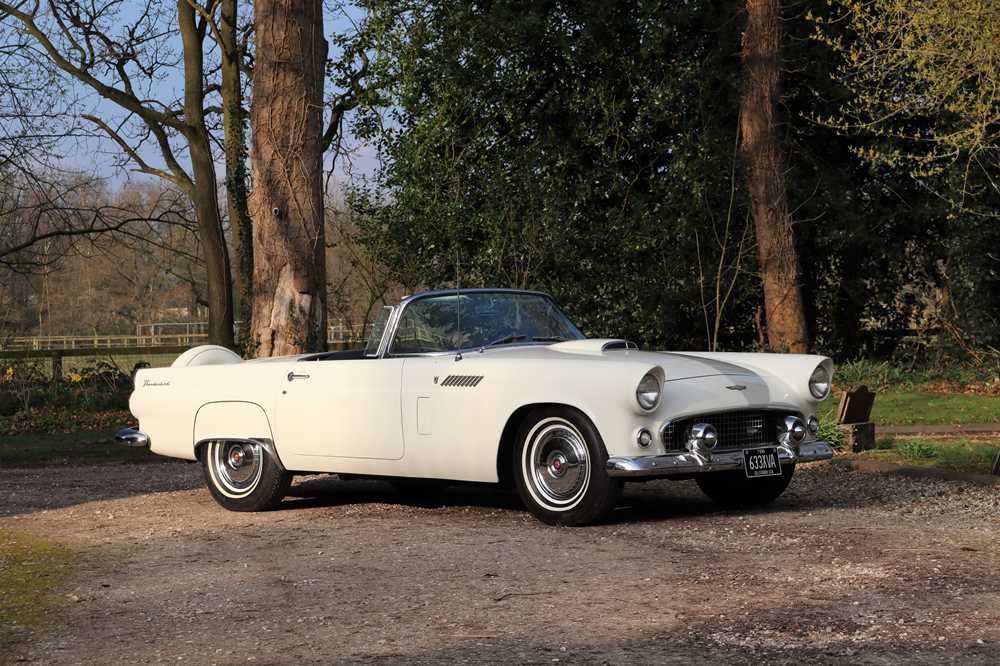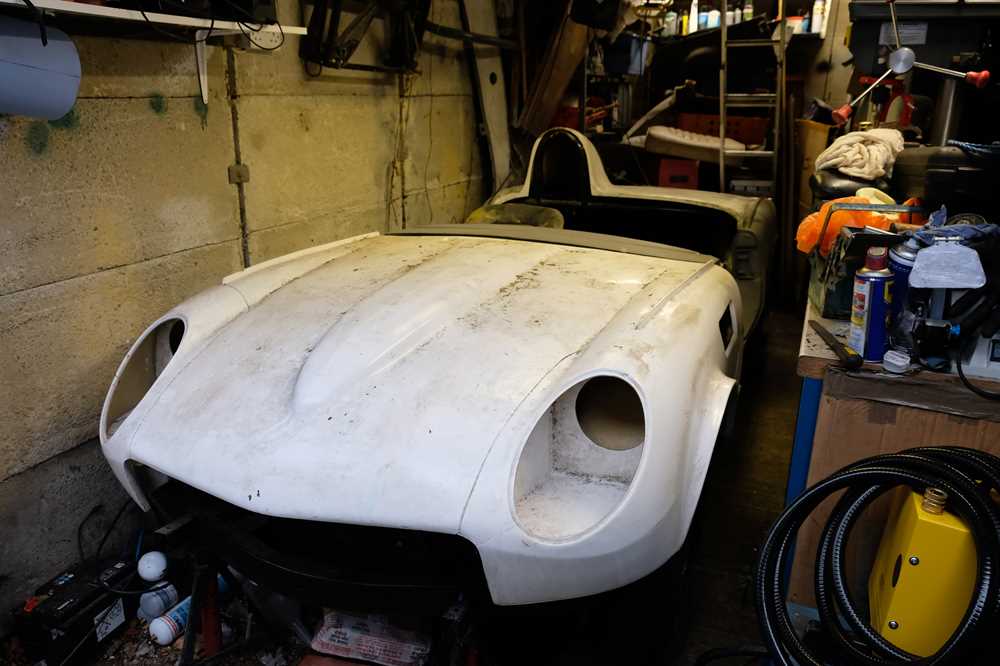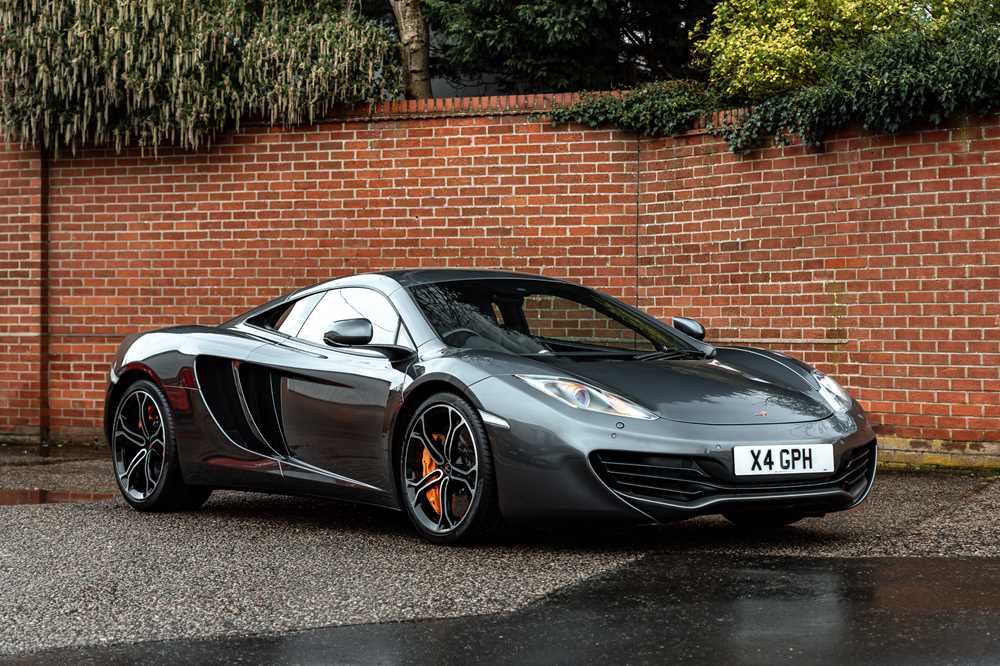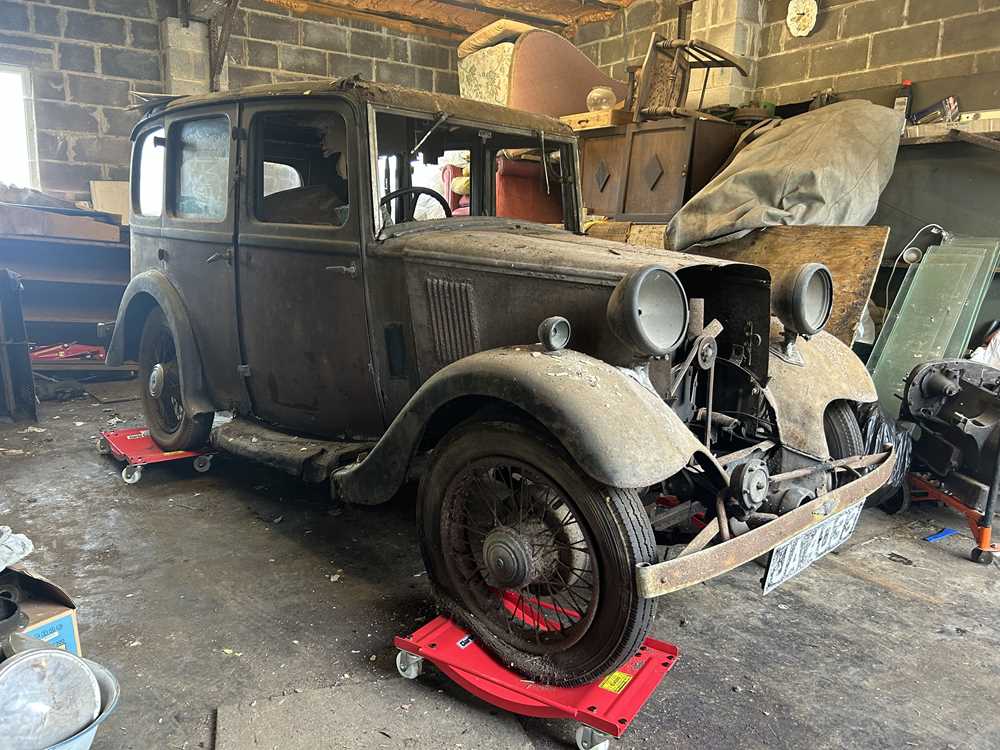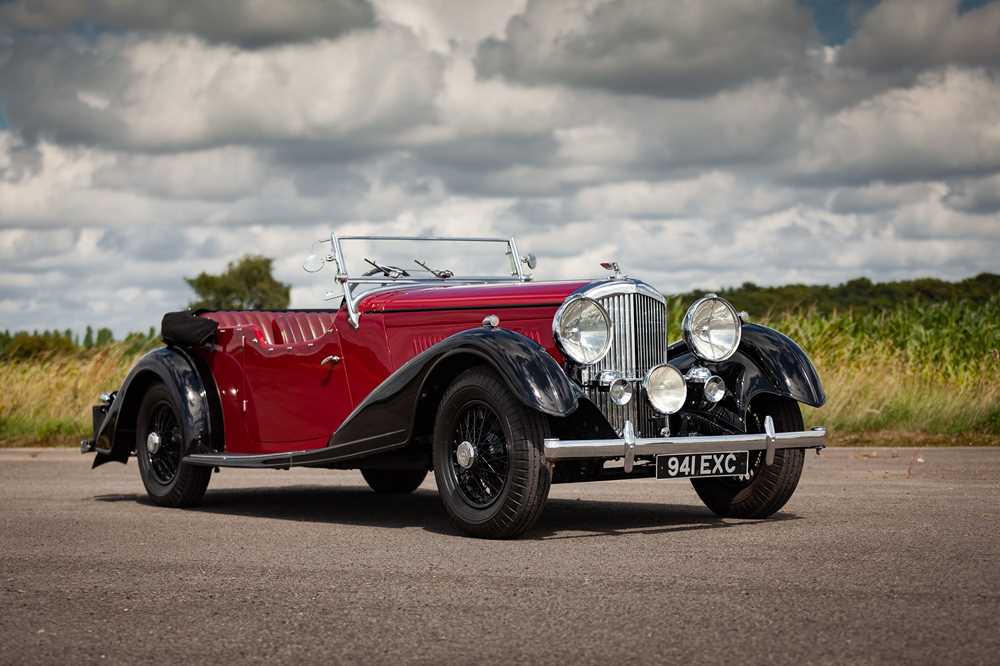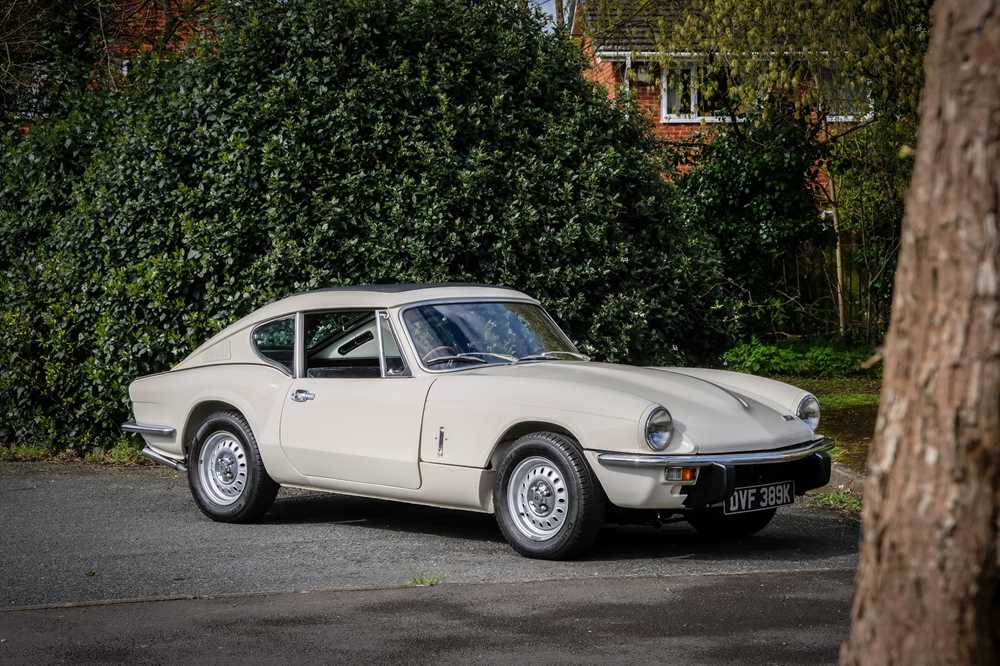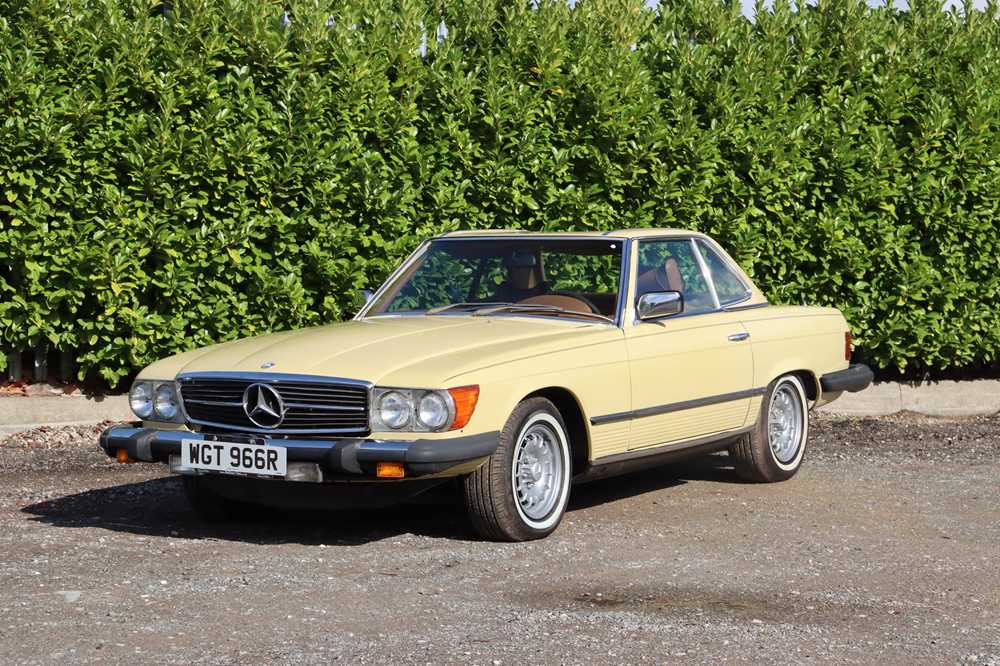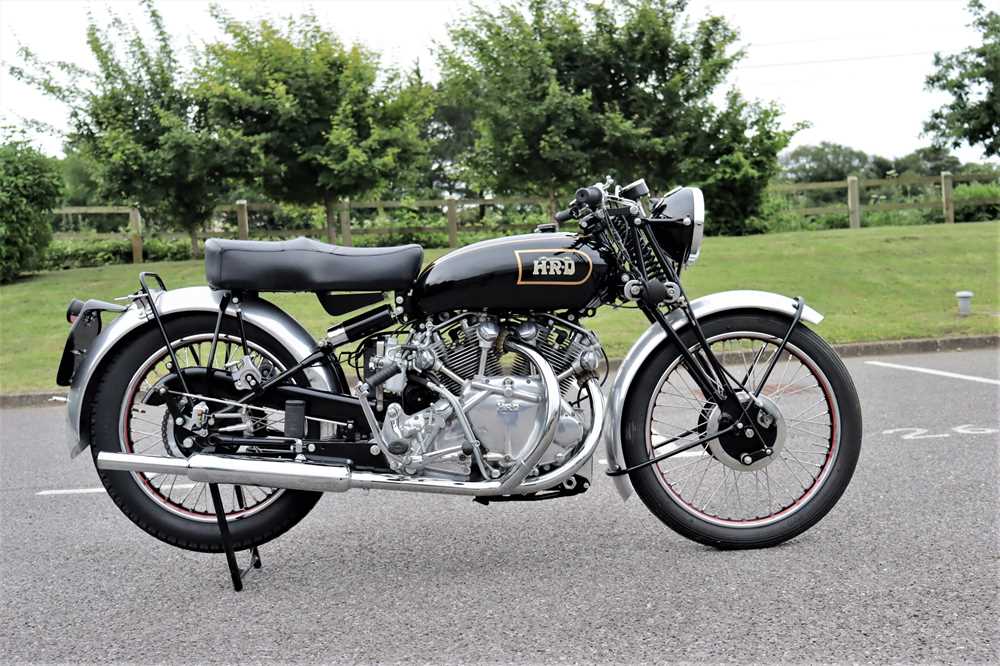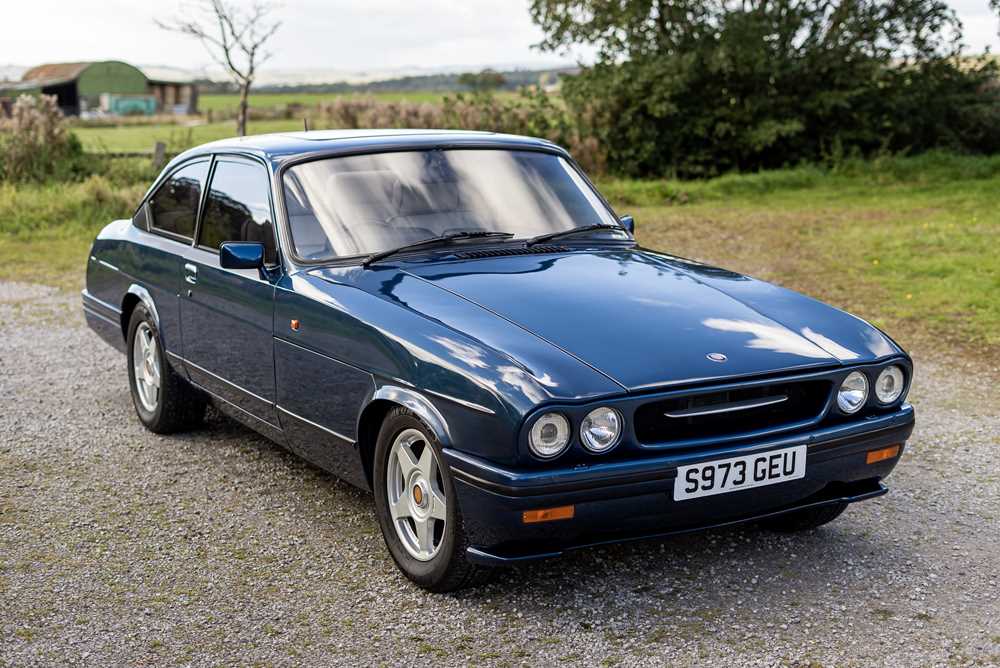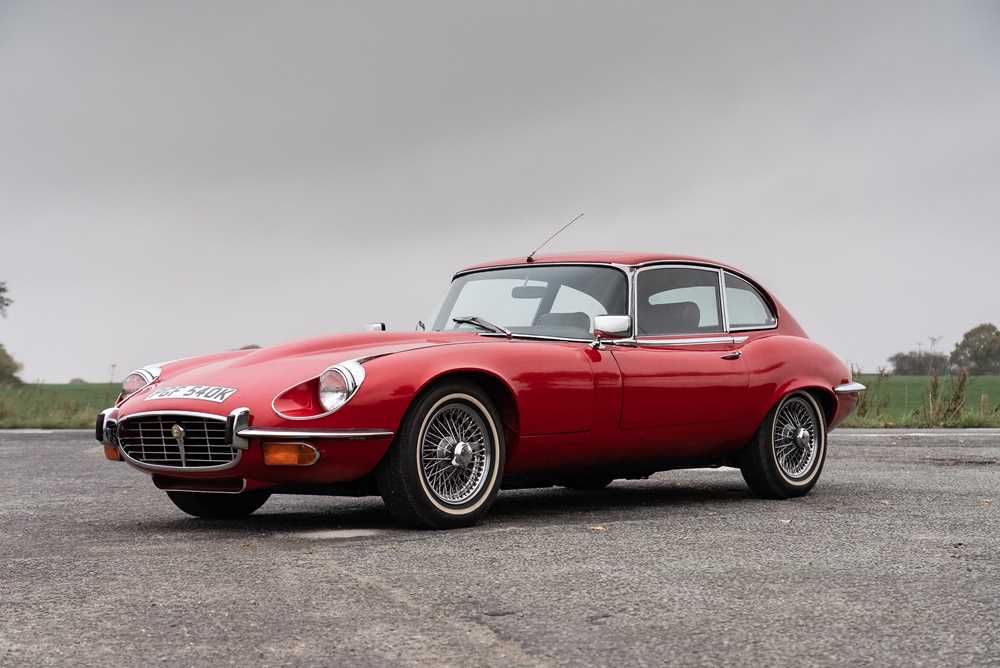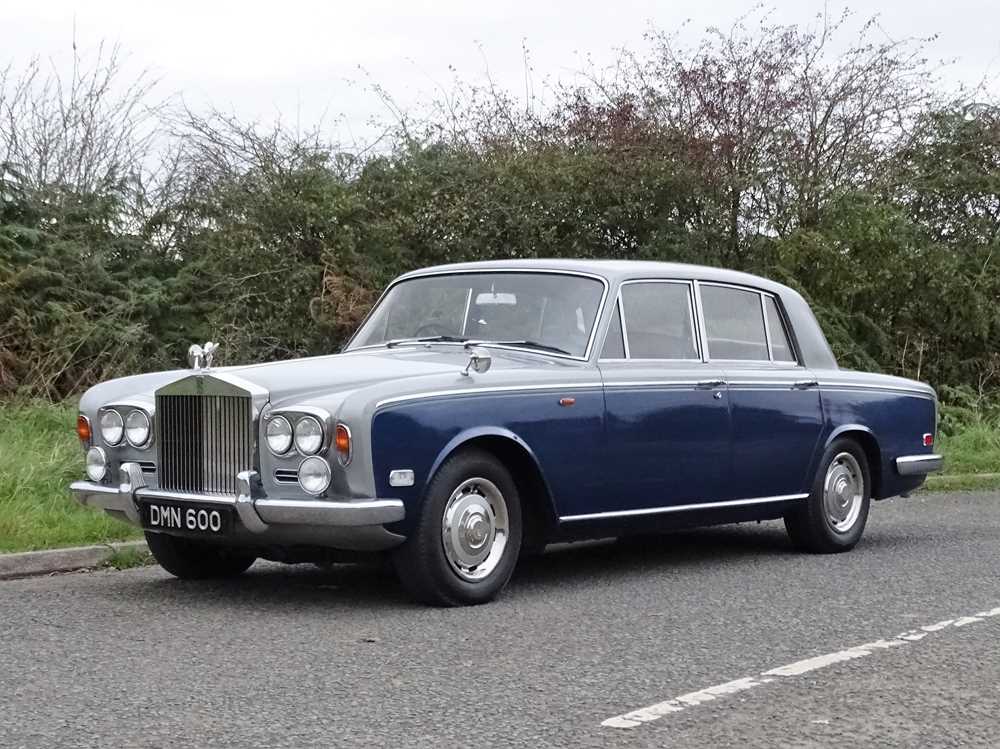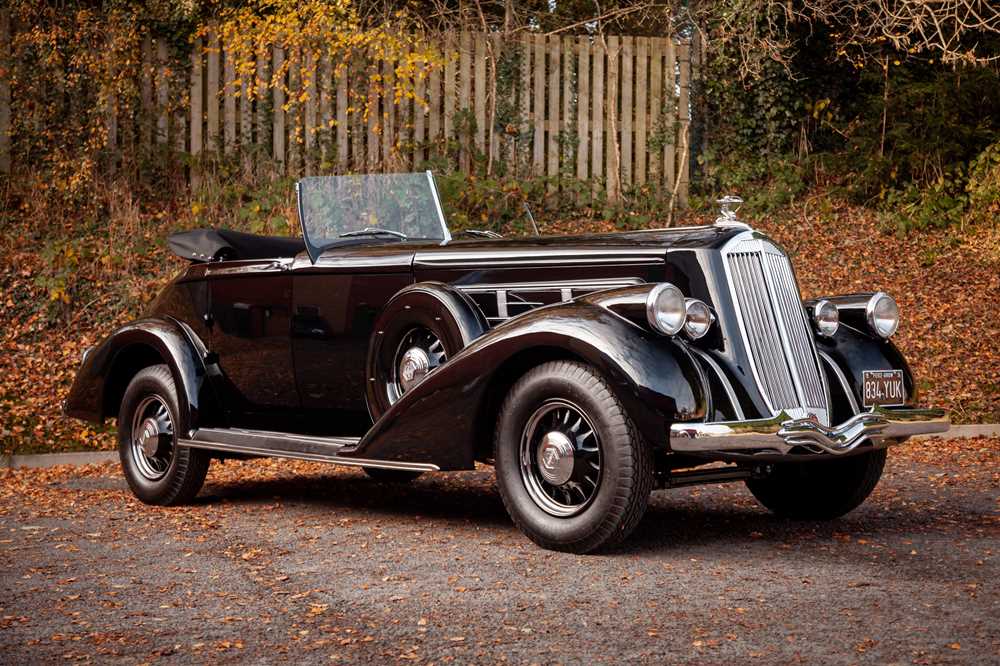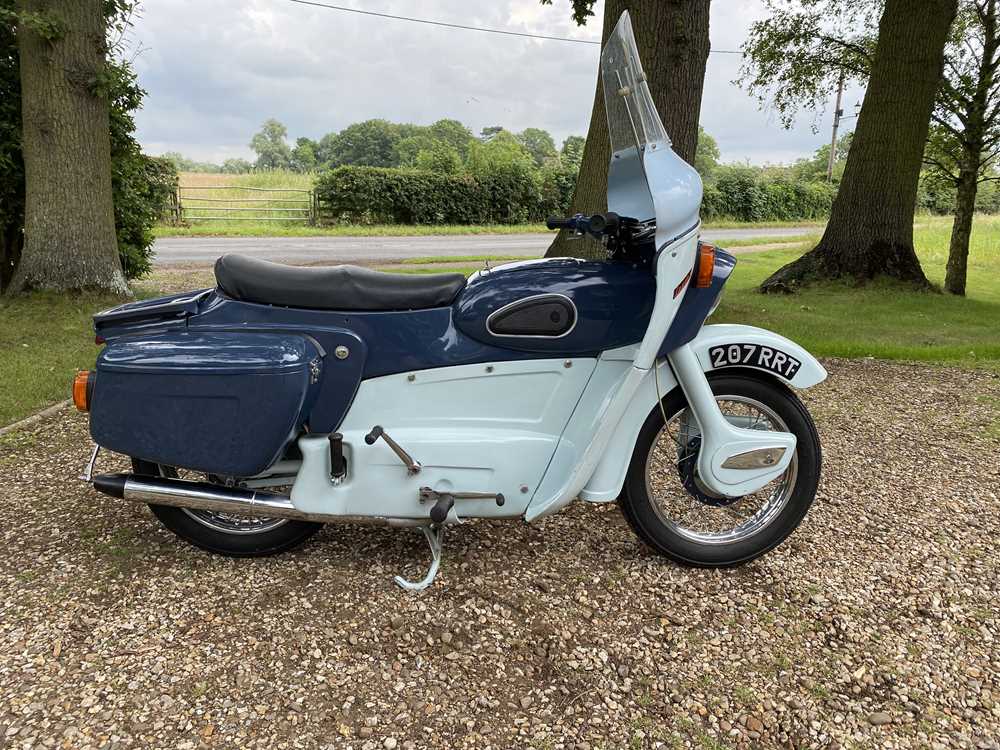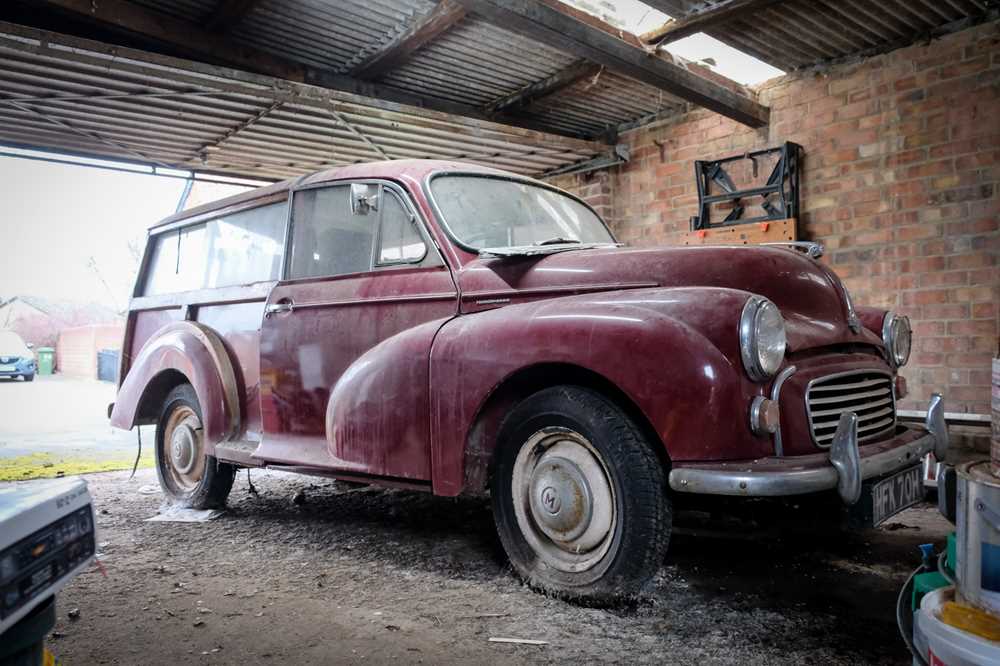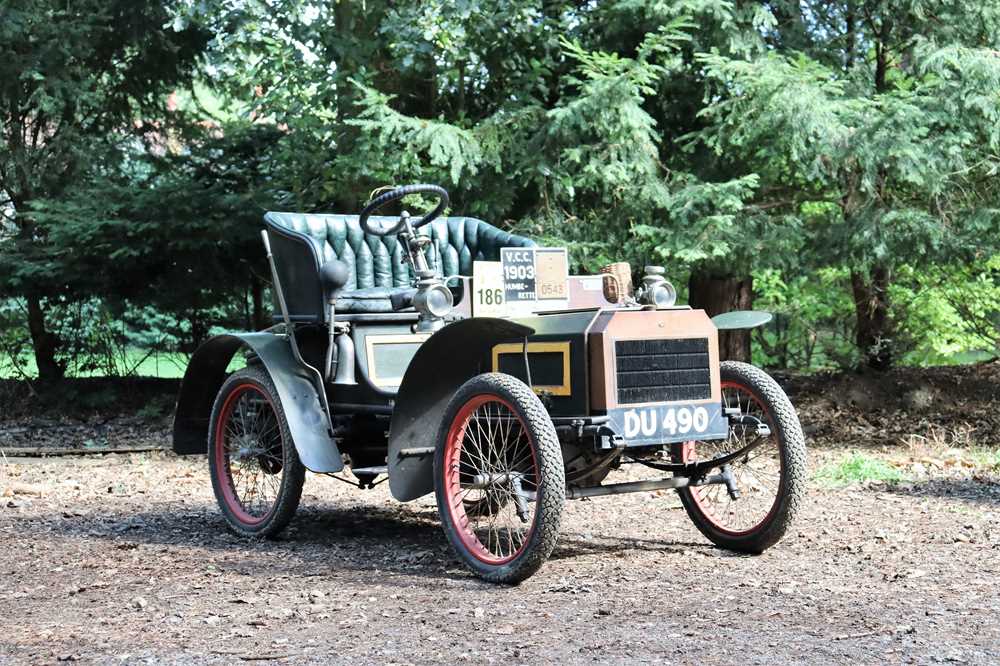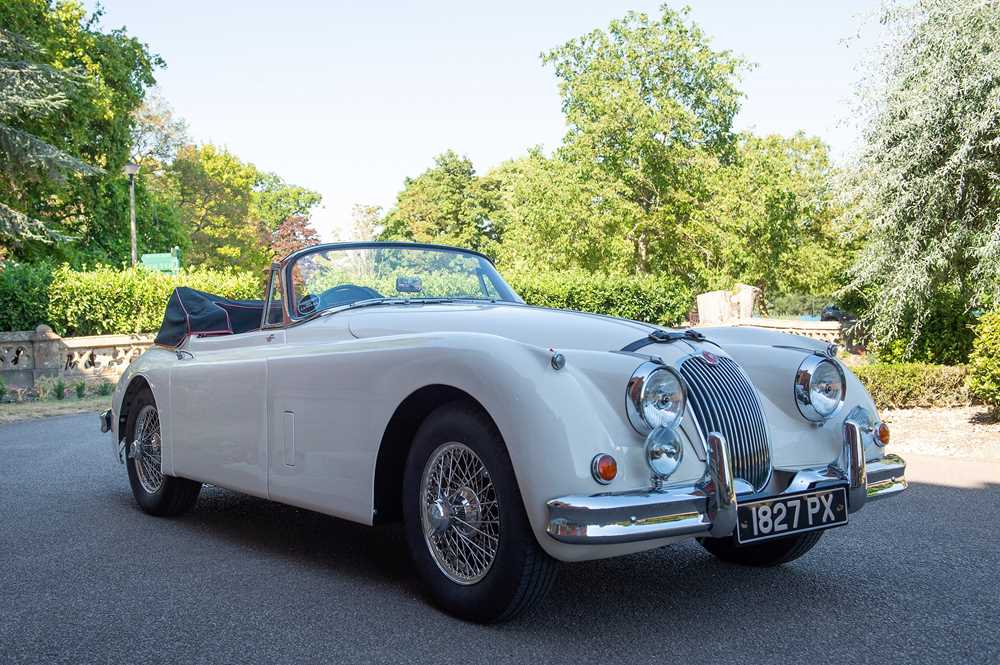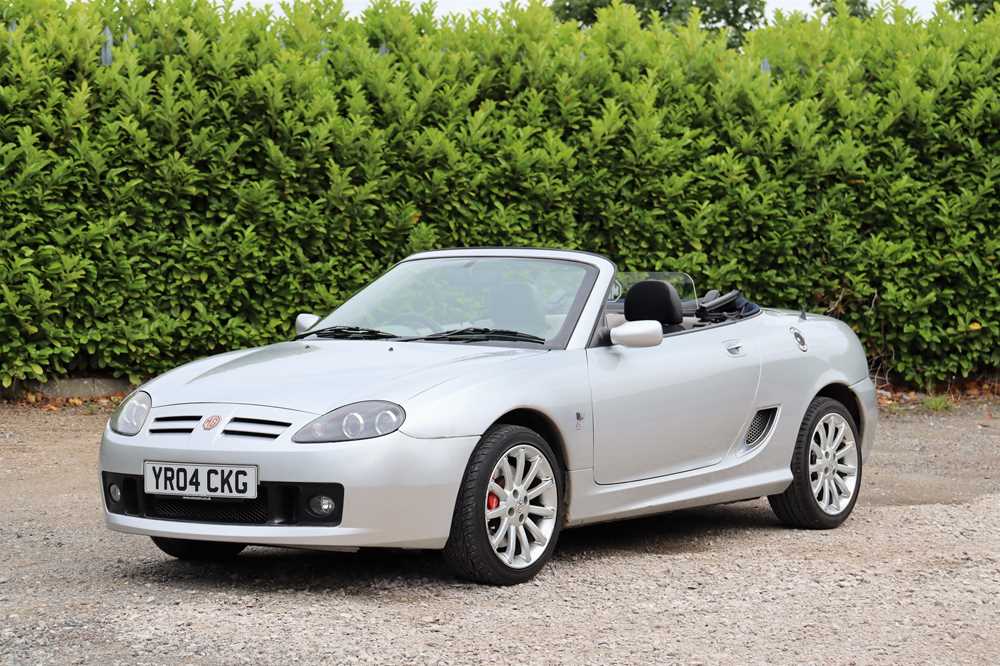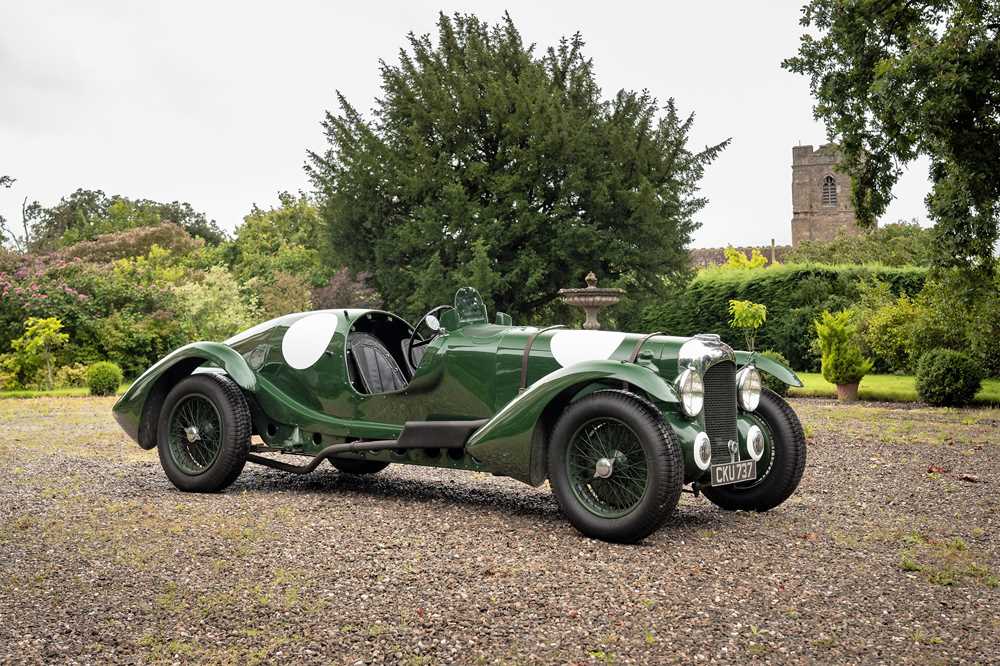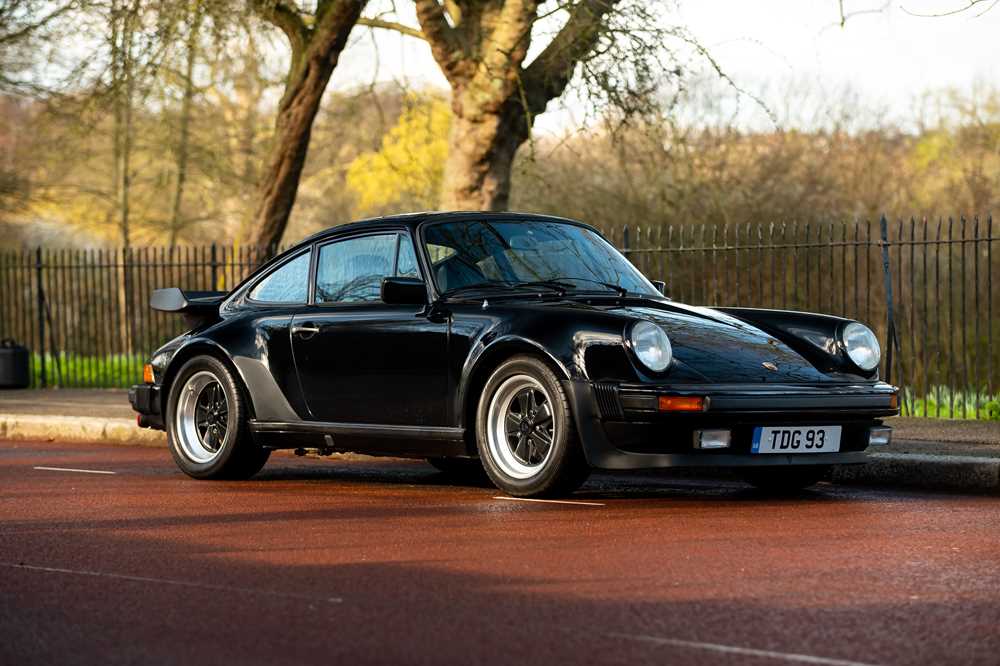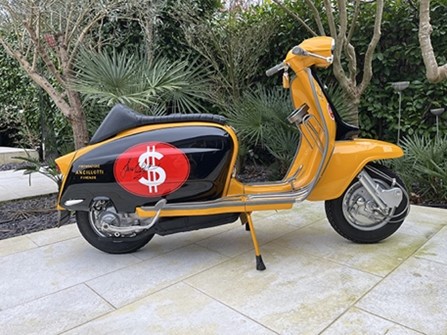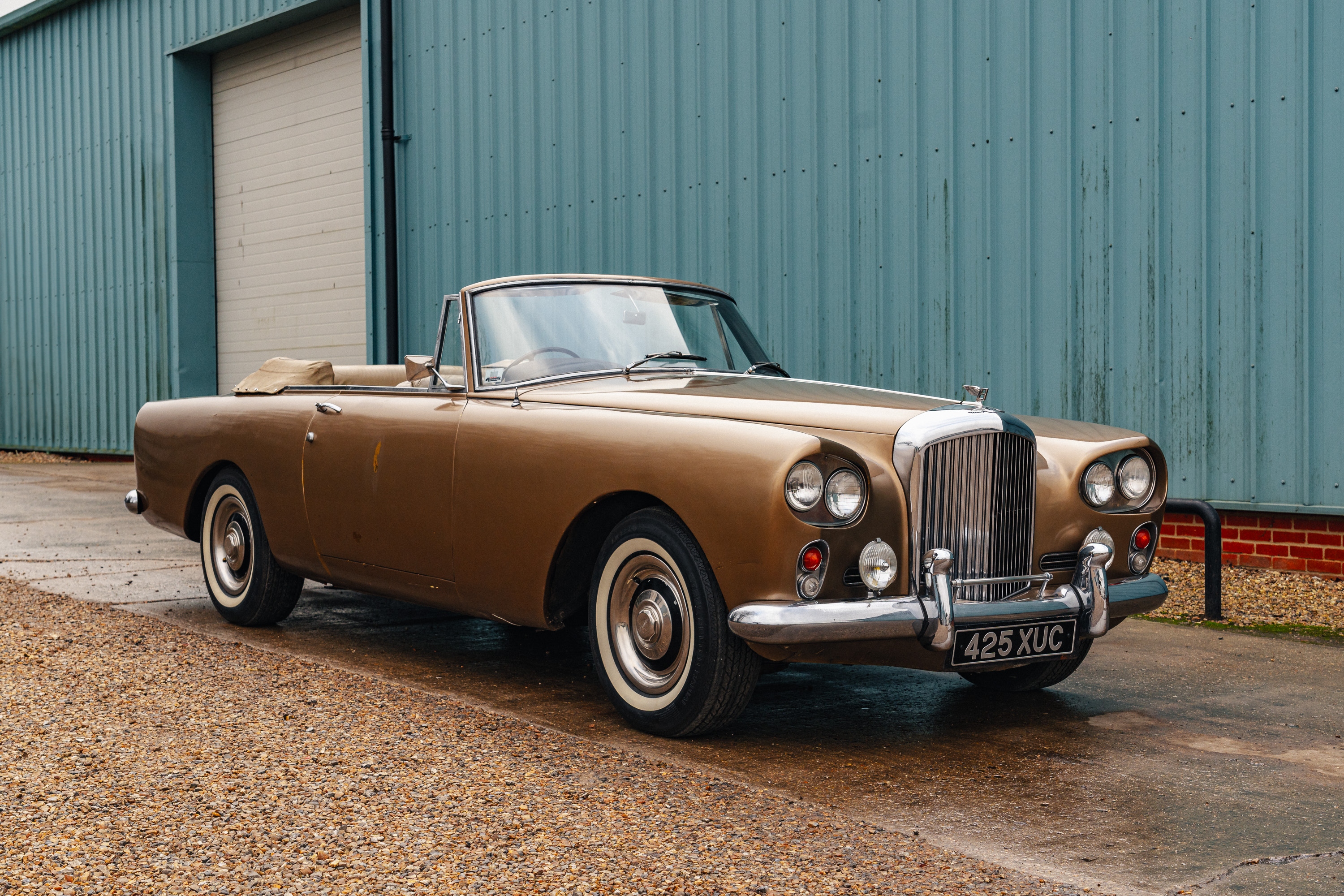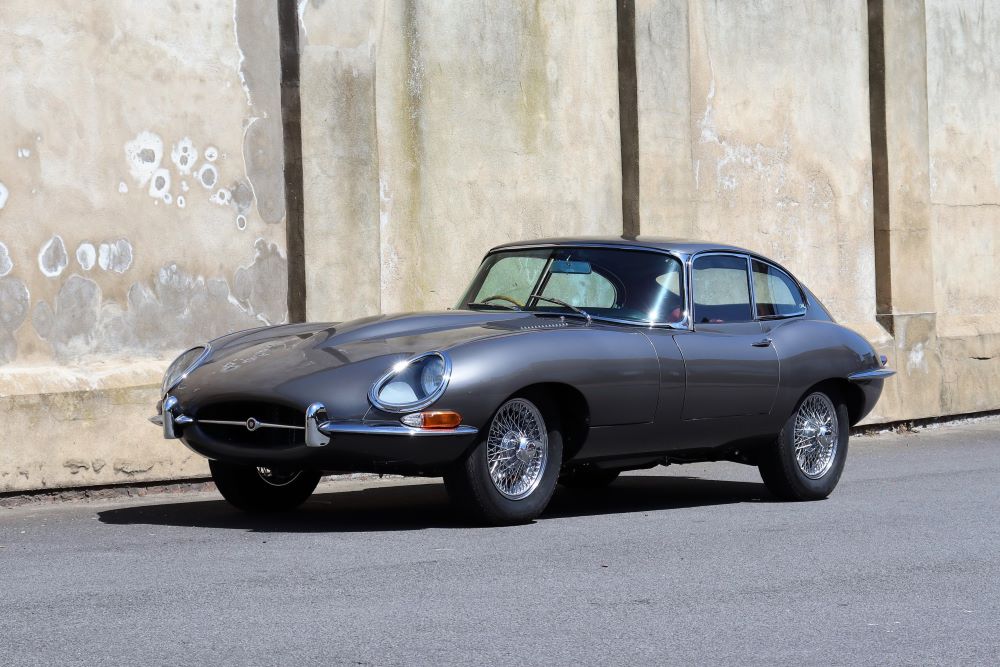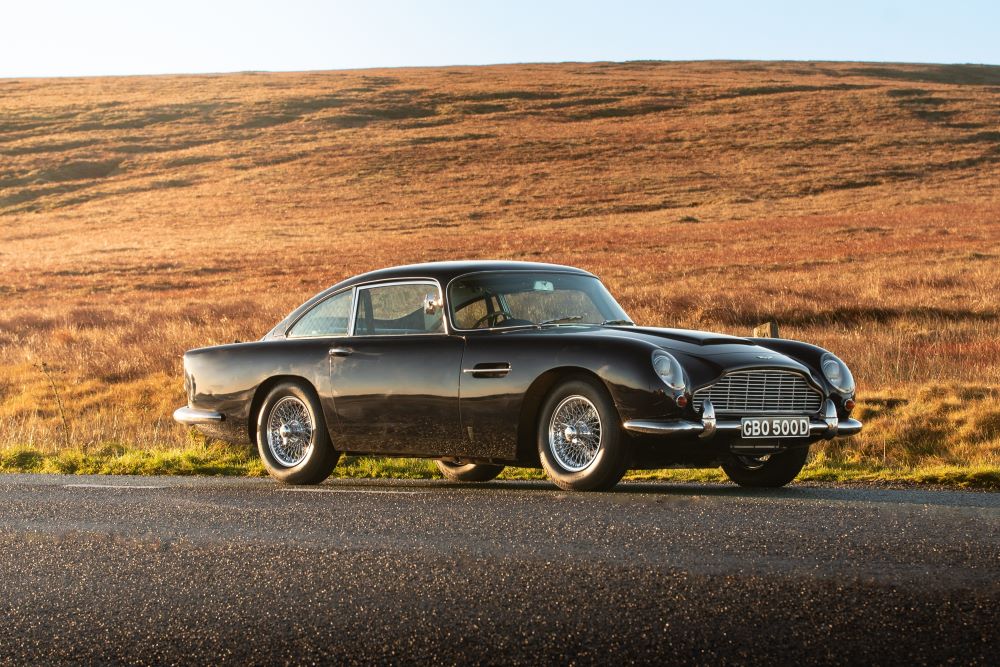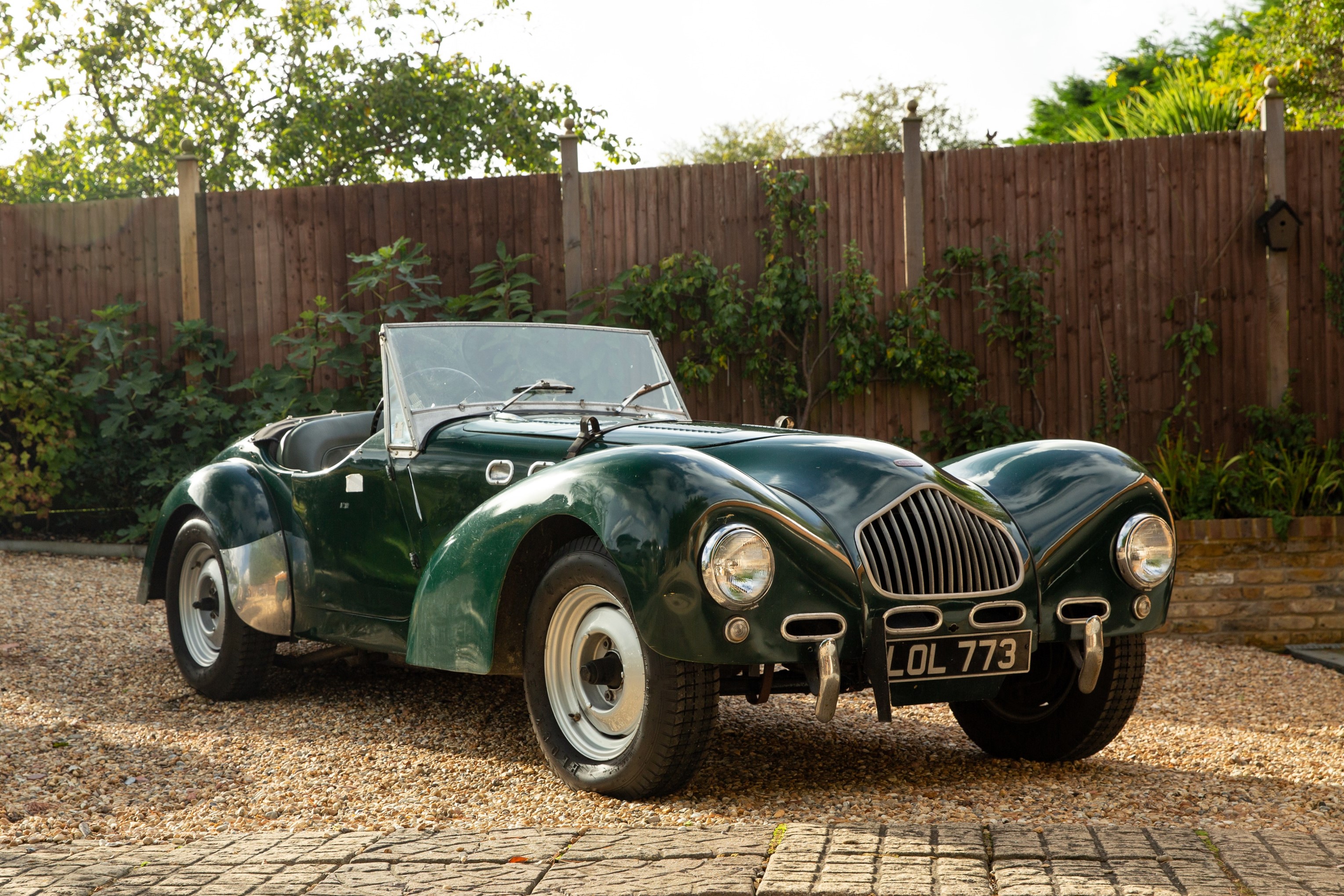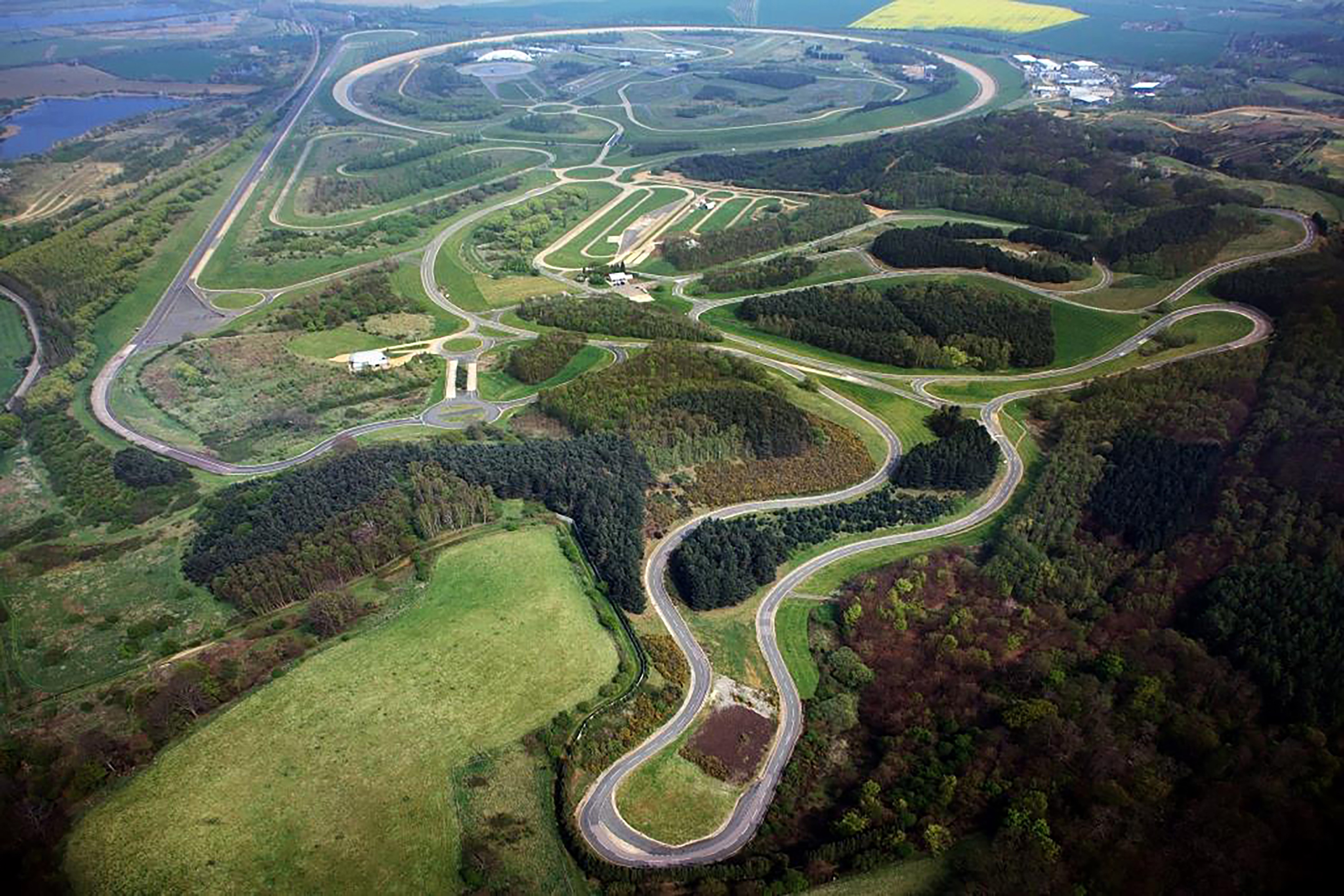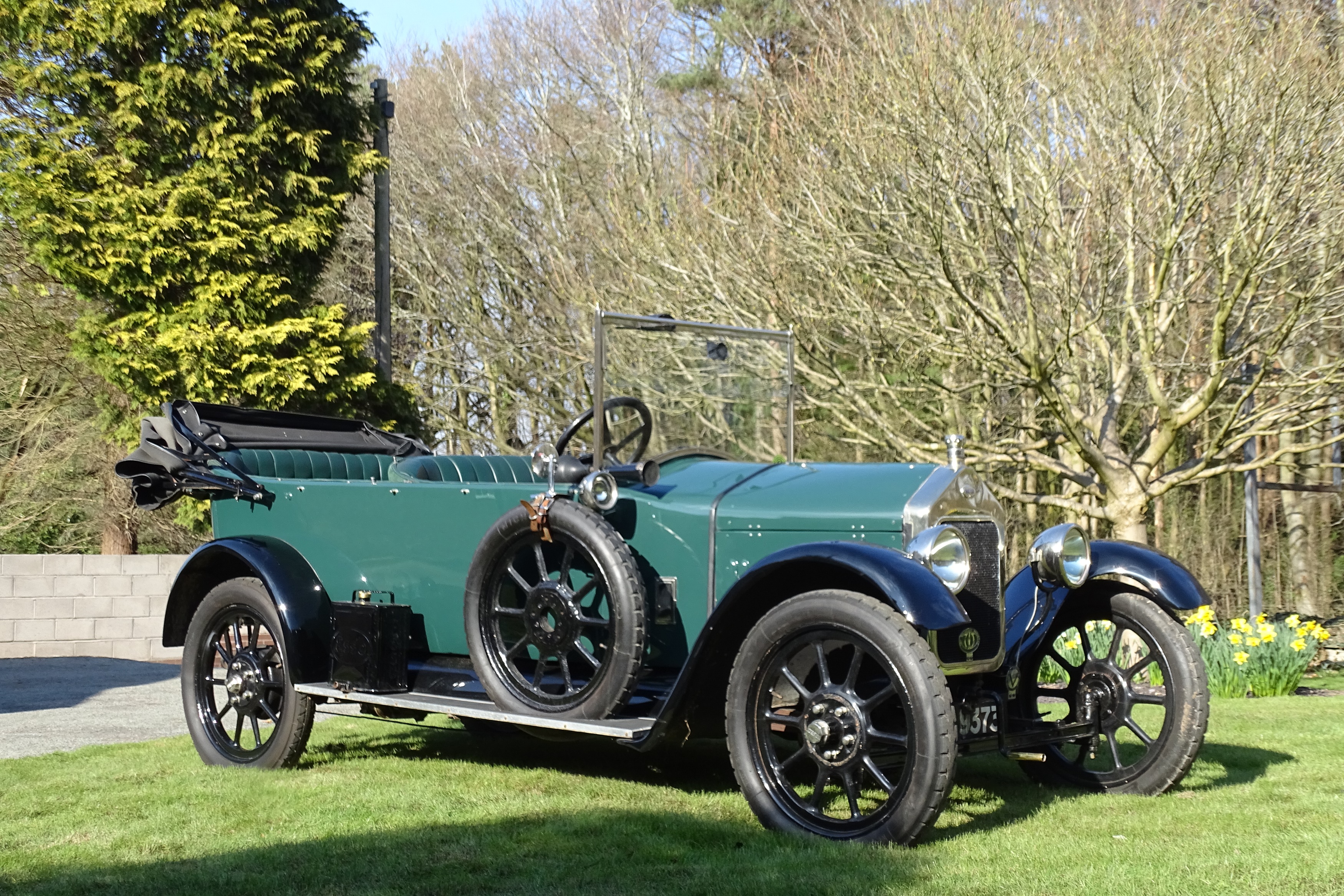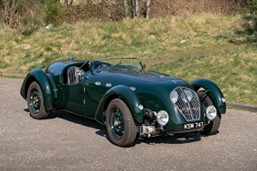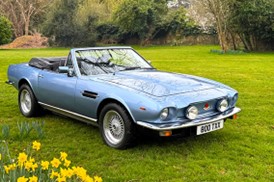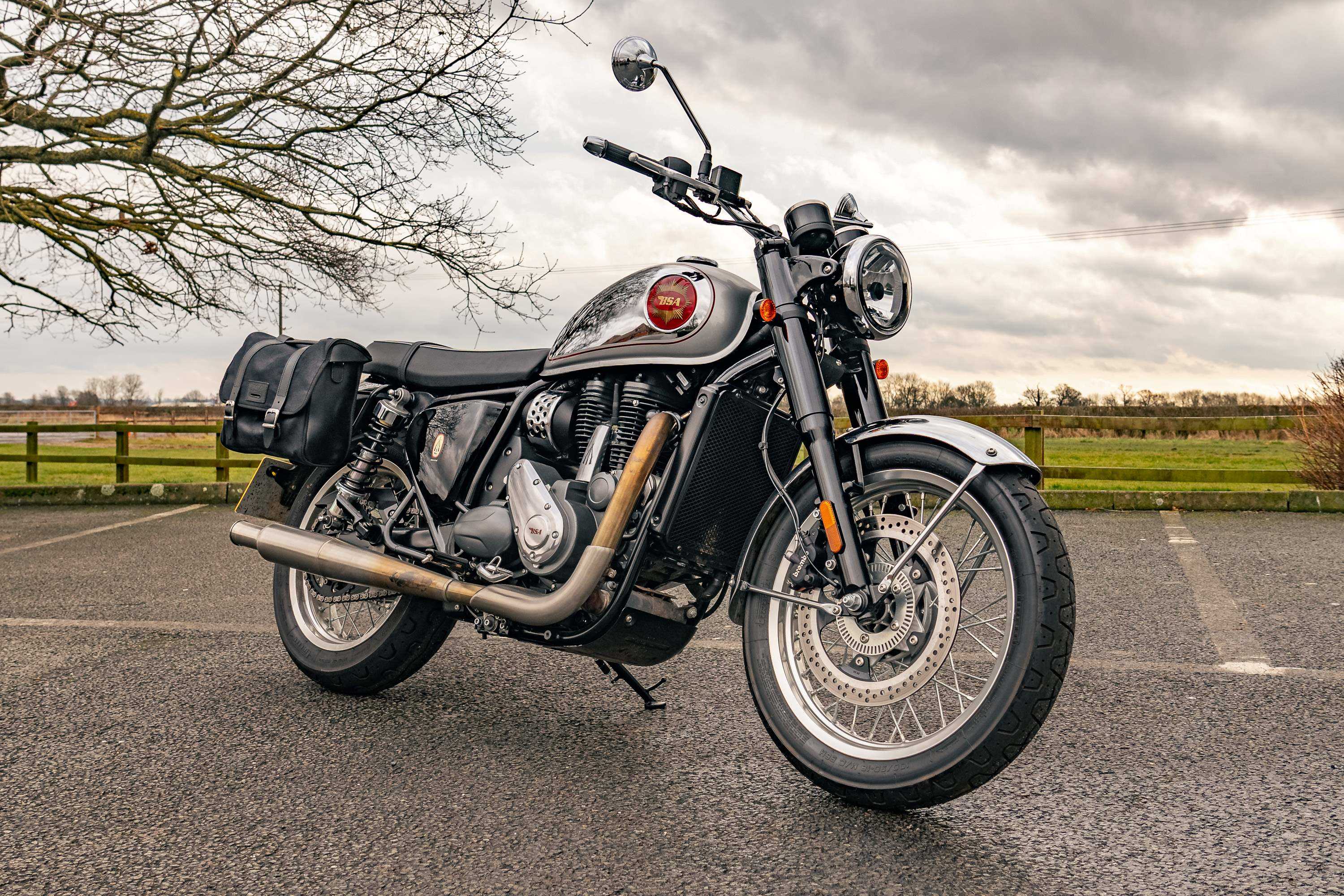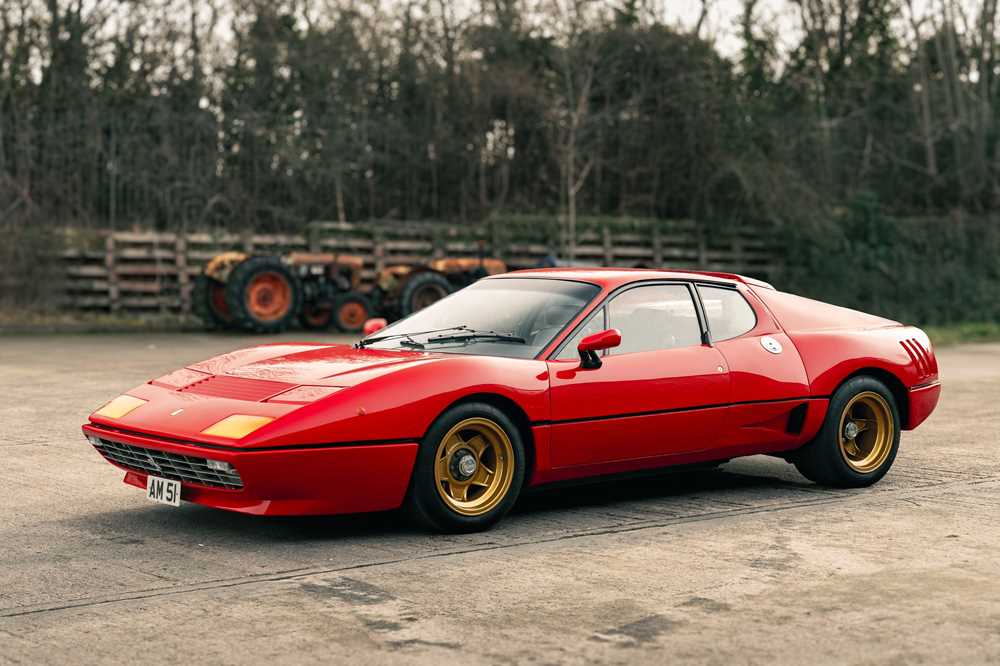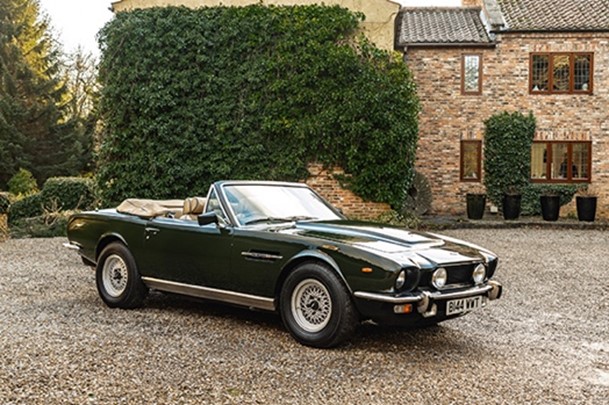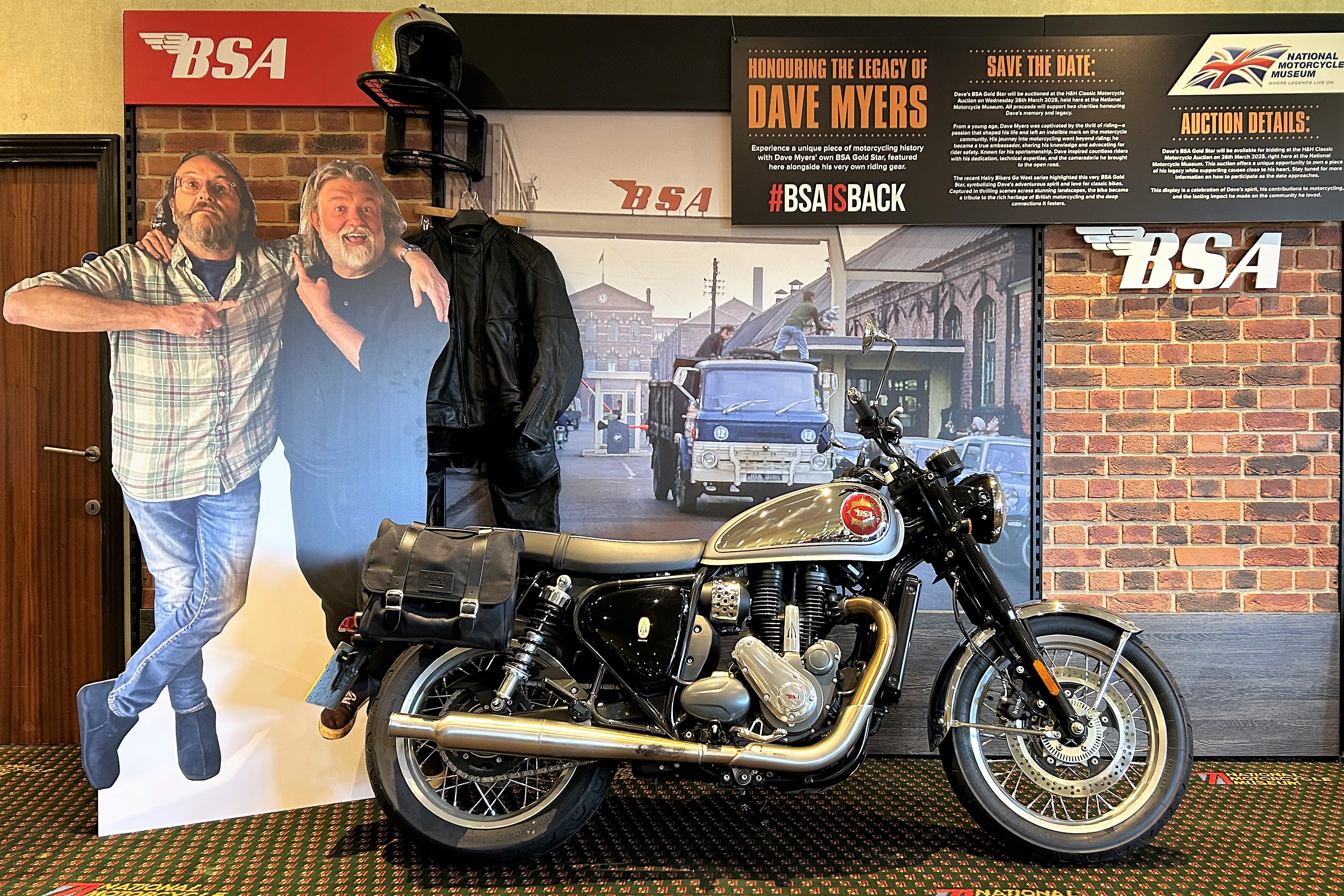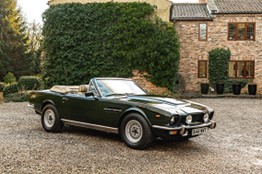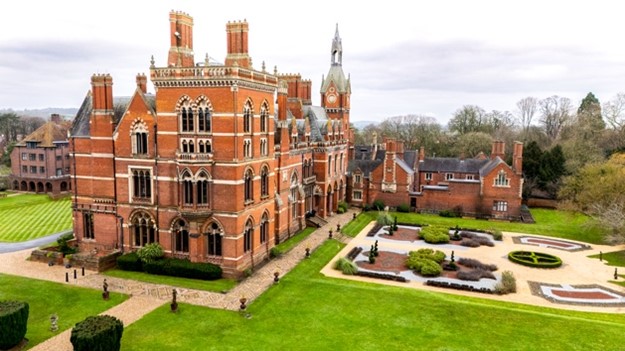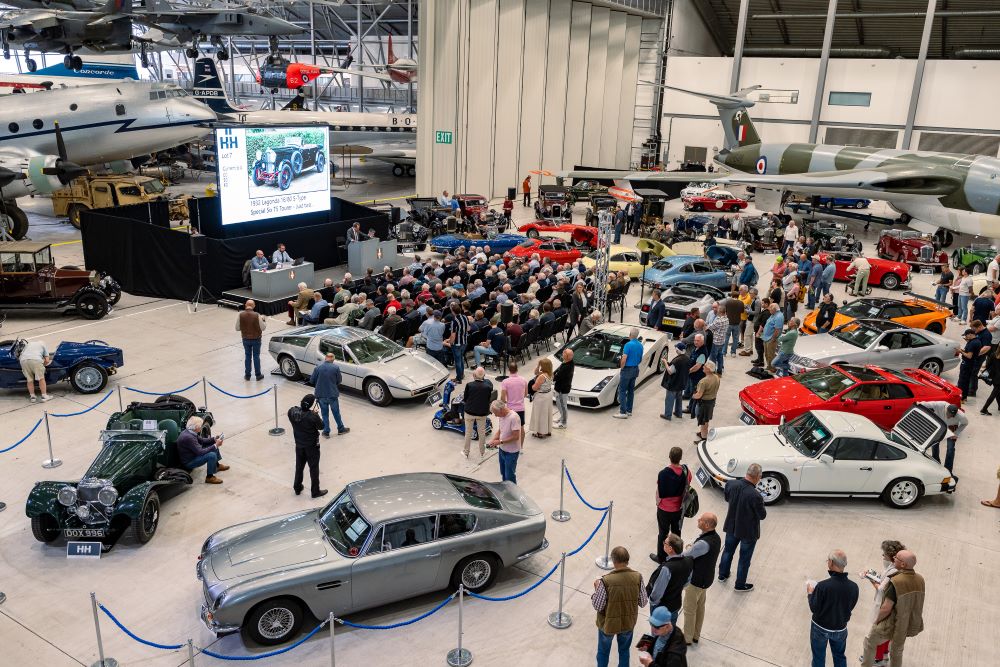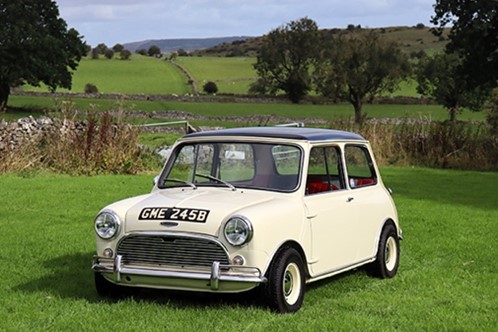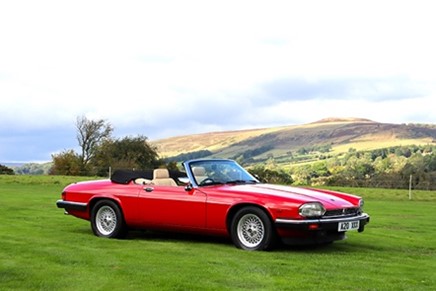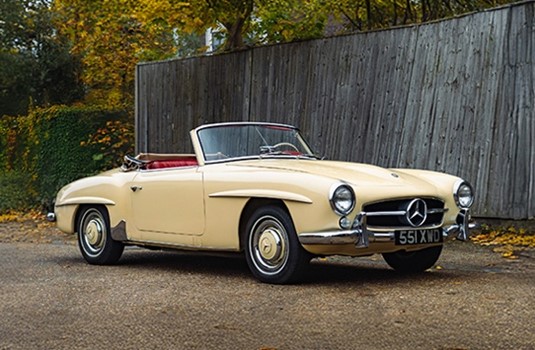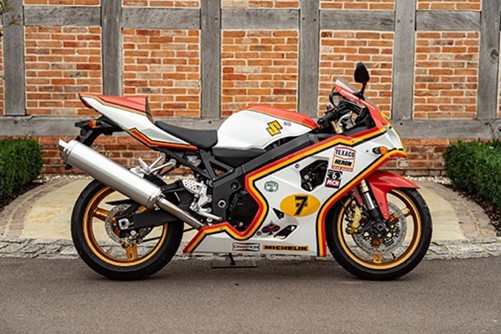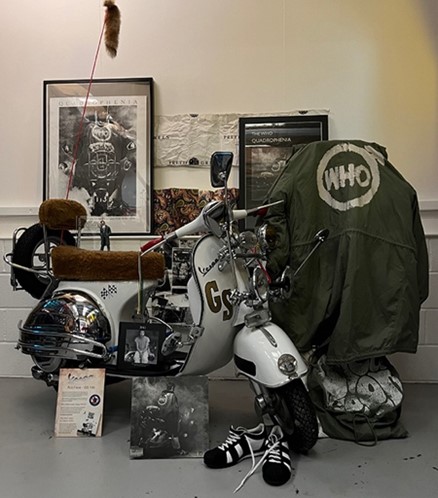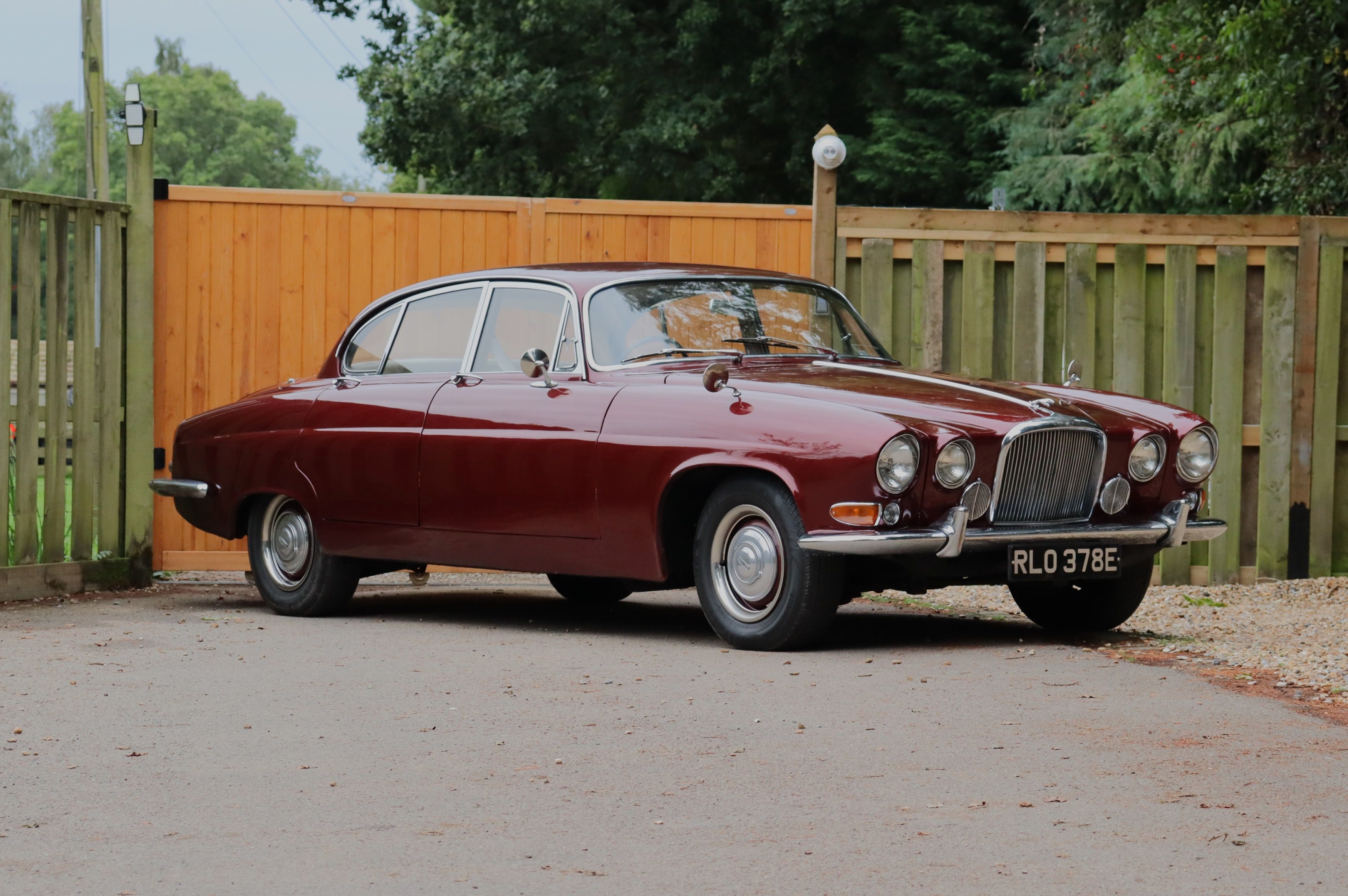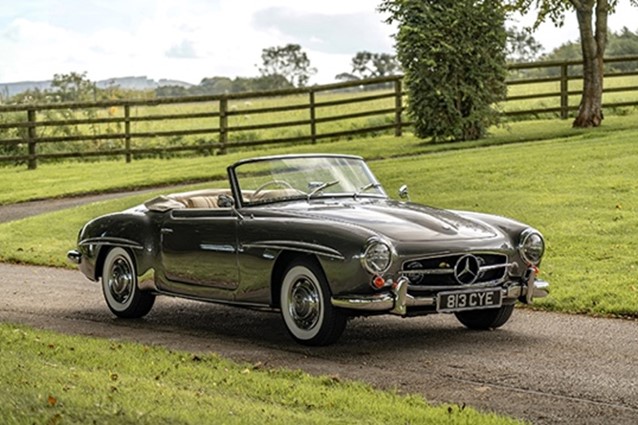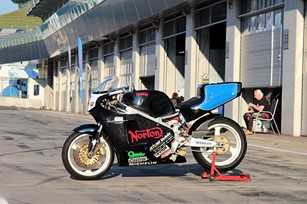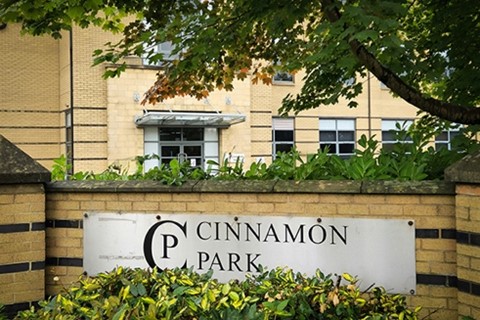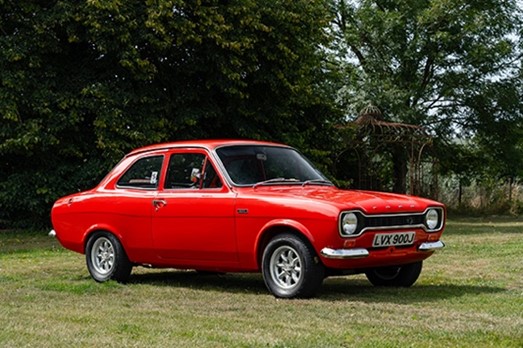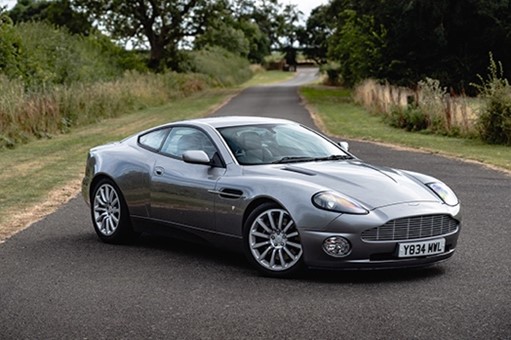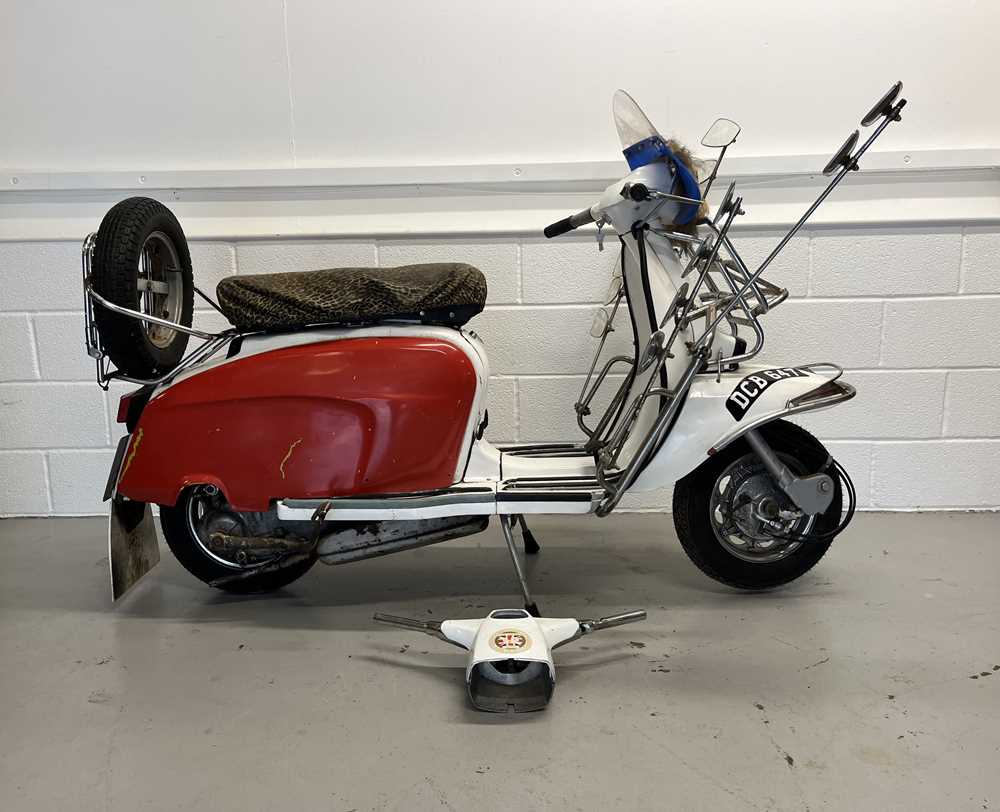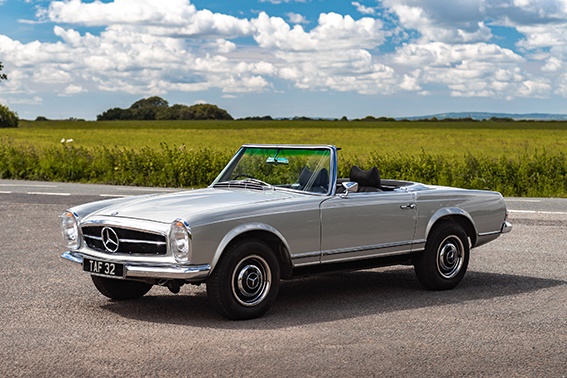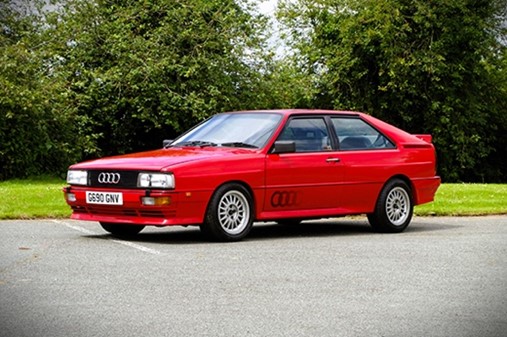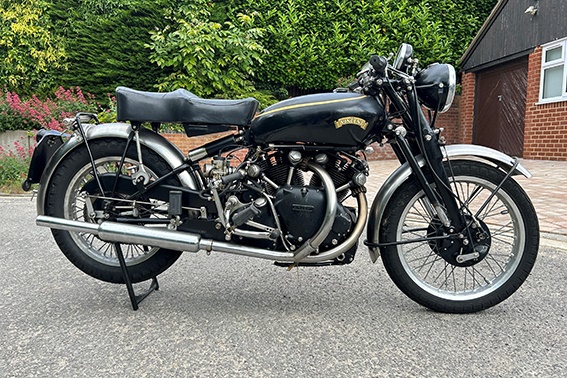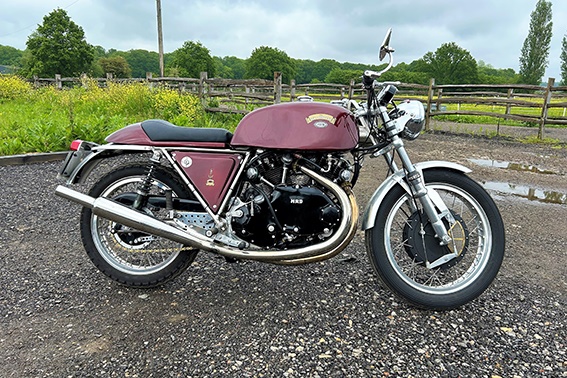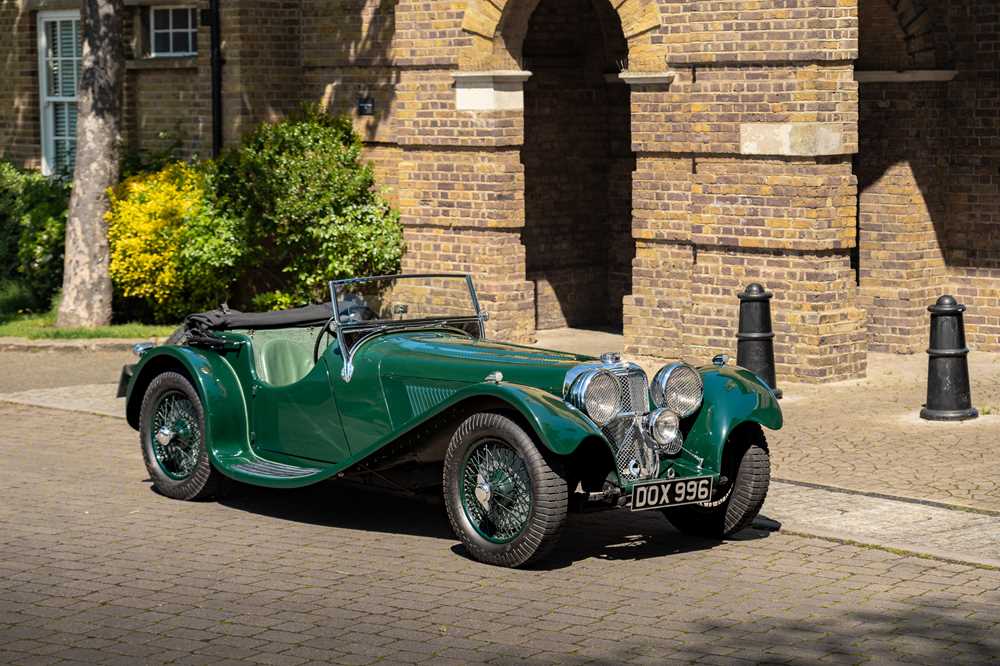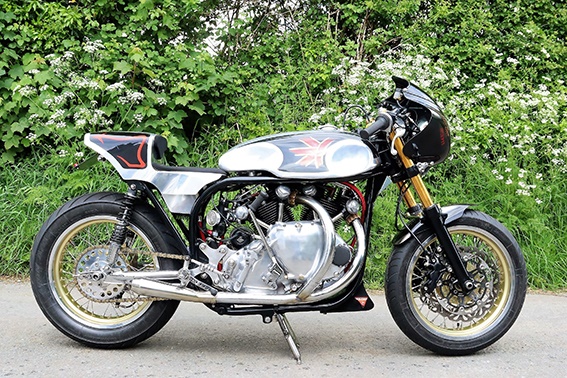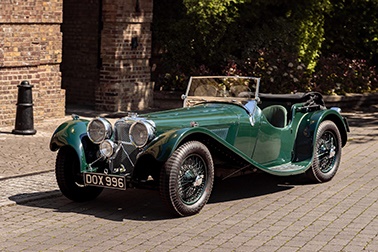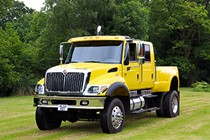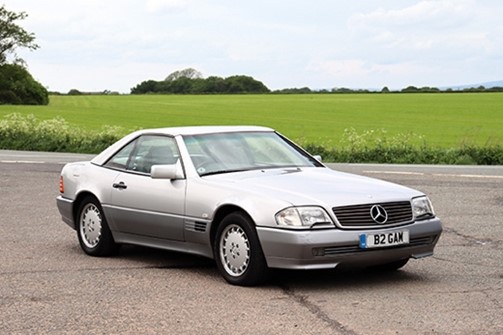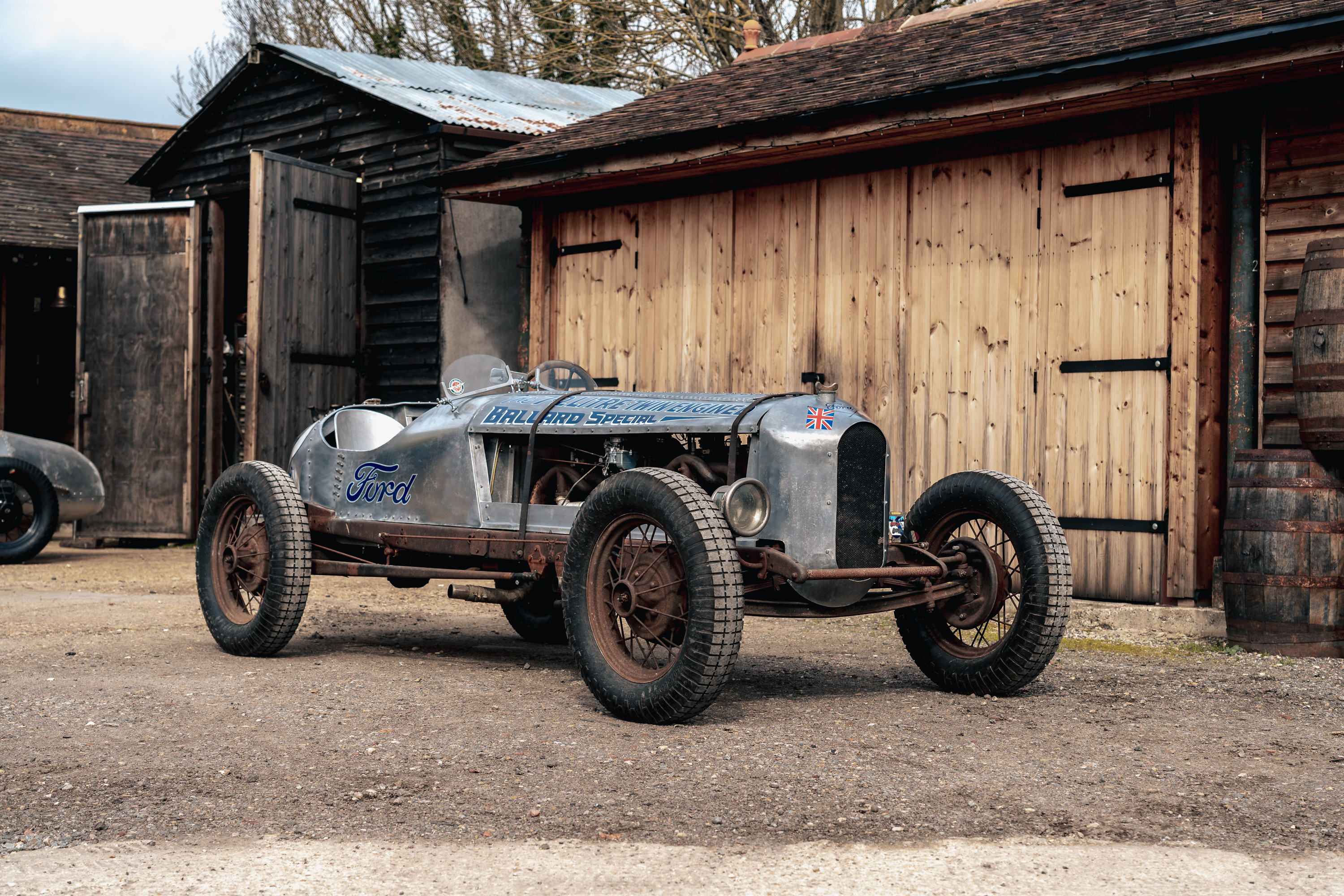8th Jun, 2011 15:00
The Pavilion Gardens
1959 Jaguar XK150 Drophead Coupe
Estimated at £40,000 - £45,000
Lot details
Registration No: KSK 435
Chassis No: S837848
Mot Expiry: June 2011
Jaguar's XK story is the stuff of legend. Once upon a time there was the prototype XK120. Initially a testbed for the company's new, alloy-headed DOHC 3.4-litre, straight-six engine, it caused such a sensation at the London Motor Show of 1948 that the model was rapidly pressed into production. It immediately became the fastest production car in the world and quickly found fame in racing and rallying. The engine itself was so successful that variations of it powered Jaguar saloons and sports cars for a staggering forty-four years.
In 1954, the all-conquering XK120 gave way to the XK140. Visual changes included more substantial bumpers with over-riders, a one-piece radiator grille with fewer but thicker vertical slats and a chrome strip that ran up the centre of the bonnet and continued down the middle of the boot lid, where it proudly incorporated a red shield with the words 'Winner Le Mans 1951-3' inscribed in gold. The mechanical specification comprised a number of fundamental upgrades. Braking was improved, the recirculating ball steering was replaced by a rack and pinion system, suspension travel was increased and the lever arm rear dampers superseded by more modern telescopic units.
An additional three inches of legroom was achieved by moving the engine, firewall and dashboard forwards. What had been the SE options for the XK120 engine now became standard and the SE package for the XK140 comprised: the C-Type cylinder head fed by a pair of H8 SU carburettors, twin exhaust pipes and stiffer torsion bars for the front suspension. The newcomer was offered in three body styles - Roadster, Drophead Coupe and Fixed Head Coupe. The latter featured a jump seat and additional interior space courtesy of a more forward-mounted windscreen. The XK140 was a quick car by any standards. In SE trim, it could reputedly accelerate to 60mph in under nine seconds and rapidly on to a top speed approaching 125mph. The model remained in production until 1957 when it was replaced by the XK150 - the final iteration of the original XK line.
Introduced in the May of 1957, the XK150 was the last Jaguar sportscar to utilise a separate chassis. Though the newcomer was a logical progression of the XK140, subtle changes to the bodywork gave it a distinctly more modern air. The split windscreen was replaced with a single sweep of toughened glass and the scuttle height was raised, along with the waistline. The bonnet was widened and the bulkhead on the Roadster was moved rearwards by four inches. Inside, the walnut dashboard of the XK140 was replaced by one trimmed in leather. Thinner doors gave more interior space. Initially powered by a 3442cc derivative of Jaguar's Le Mans-proven DOHC straight-six engine, the XK150 could be specified with an enlarged 3781cc unit from late 1959 onwards. At launch, the XK150 was offered in Fixed Head Coupe and Drophead Coupe guises, the Roadster option following in 1958. By the time the model was superseded by the E-Type in 1961, some 4,445 Fixed Head Coupes, 2,672 Drophead Coupes and 2,265 Roadsters are thought to have been produced.
The Jaguar XK150 on offer is a Drophead Coupe that left the factory in 1959 bound for the USA. Little more, if anything, is known about its subsequent history until 1990 when the 2+2 seater was repatriated and extensively restored. As well as being dismantled, converted to right-hand drive, upgraded from 3.4 to 3.8 litre specification (via the installation of a correspondingly larger Jaguar powerplant) and fitted with a four-speed manual gearbox plus overdrive, the XK150 is understood to have benefited from a bare metal respray in White and the addition of a wood veneer dashboard not to mention new Dunlop chrome wire wheels. Almost twenty years after the car was first registered with the DVLA on September 1st 1991, the vendor now regards the bodywork as "good", the paintwork as "a bit tired", the engine as "refurbished", the gearbox as "excellent" and the trim as "partially original". With neatly mounted triple SU carburettors going some way towards justifying its faux '3.8 S' badging, 'KSK 435' seemingly has the potential to embarrass many a younger sports car.
Registration No: KSK 435
Chassis No: S837848
Mot Expiry: June 2011
Jaguar's XK story is the stuff of legend. Once upon a time there was the prototype XK120. Initially a testbed for the company's new, alloy-headed DOHC 3.4-litre, straight-six engine, it caused such a sensation at the London Motor Show of 1948 that the model was rapidly pressed into production. It immediately became the fastest production car in the world and quickly found fame in racing and rallying. The engine itself was so successful that variations of it powered Jaguar saloons and sports cars for a staggering forty-four years.
In 1954, the all-conquering XK120 gave way to the XK140. Visual changes included more substantial bumpers with over-riders, a one-piece radiator grille with fewer but thicker vertical slats and a chrome strip that ran up the centre of the bonnet and continued down the middle of the boot lid, where it proudly incorporated a red shield with the words 'Winner Le Mans 1951-3' inscribed in gold. The mechanical specification comprised a number of fundamental upgrades. Braking was improved, the recirculating ball steering was replaced by a rack and pinion system, suspension travel was increased and the lever arm rear dampers superseded by more modern telescopic units.
An additional three inches of legroom was achieved by moving the engine, firewall and dashboard forwards. What had been the SE options for the XK120 engine now became standard and the SE package for the XK140 comprised: the C-Type cylinder head fed by a pair of H8 SU carburettors, twin exhaust pipes and stiffer torsion bars for the front suspension. The newcomer was offered in three body styles - Roadster, Drophead Coupe and Fixed Head Coupe. The latter featured a jump seat and additional interior space courtesy of a more forward-mounted windscreen. The XK140 was a quick car by any standards. In SE trim, it could reputedly accelerate to 60mph in under nine seconds and rapidly on to a top speed approaching 125mph. The model remained in production until 1957 when it was replaced by the XK150 - the final iteration of the original XK line.
Introduced in the May of 1957, the XK150 was the last Jaguar sportscar to utilise a separate chassis. Though the newcomer was a logical progression of the XK140, subtle changes to the bodywork gave it a distinctly more modern air. The split windscreen was replaced with a single sweep of toughened glass and the scuttle height was raised, along with the waistline. The bonnet was widened and the bulkhead on the Roadster was moved rearwards by four inches. Inside, the walnut dashboard of the XK140 was replaced by one trimmed in leather. Thinner doors gave more interior space. Initially powered by a 3442cc derivative of Jaguar's Le Mans-proven DOHC straight-six engine, the XK150 could be specified with an enlarged 3781cc unit from late 1959 onwards. At launch, the XK150 was offered in Fixed Head Coupe and Drophead Coupe guises, the Roadster option following in 1958. By the time the model was superseded by the E-Type in 1961, some 4,445 Fixed Head Coupes, 2,672 Drophead Coupes and 2,265 Roadsters are thought to have been produced.
The Jaguar XK150 on offer is a Drophead Coupe that left the factory in 1959 bound for the USA. Little more, if anything, is known about its subsequent history until 1990 when the 2+2 seater was repatriated and extensively restored. As well as being dismantled, converted to right-hand drive, upgraded from 3.4 to 3.8 litre specification (via the installation of a correspondingly larger Jaguar powerplant) and fitted with a four-speed manual gearbox plus overdrive, the XK150 is understood to have benefited from a bare metal respray in White and the addition of a wood veneer dashboard not to mention new Dunlop chrome wire wheels. Almost twenty years after the car was first registered with the DVLA on September 1st 1991, the vendor now regards the bodywork as "good", the paintwork as "a bit tired", the engine as "refurbished", the gearbox as "excellent" and the trim as "partially original". With neatly mounted triple SU carburettors going some way towards justifying its faux '3.8 S' badging, 'KSK 435' seemingly has the potential to embarrass many a younger sports car.
Auction: The Pavilion Gardens, 8th Jun, 2011
All successful bids must be paid in full by midday the day after the auction at the latest.
You can collect your new pride and joy from our venue until 1pm the day following the sale or our partners are on hand to help arrange safe transportation:
Do you have an item to sell?
If so, contact one of our friendly specialists for your free valuation by completing the form below and someone will get back to you as quickly as possible.
If you prefer to speak to humans, don't hesitate to call our office on +44 (0)1925 210035
Other lots in this sale
